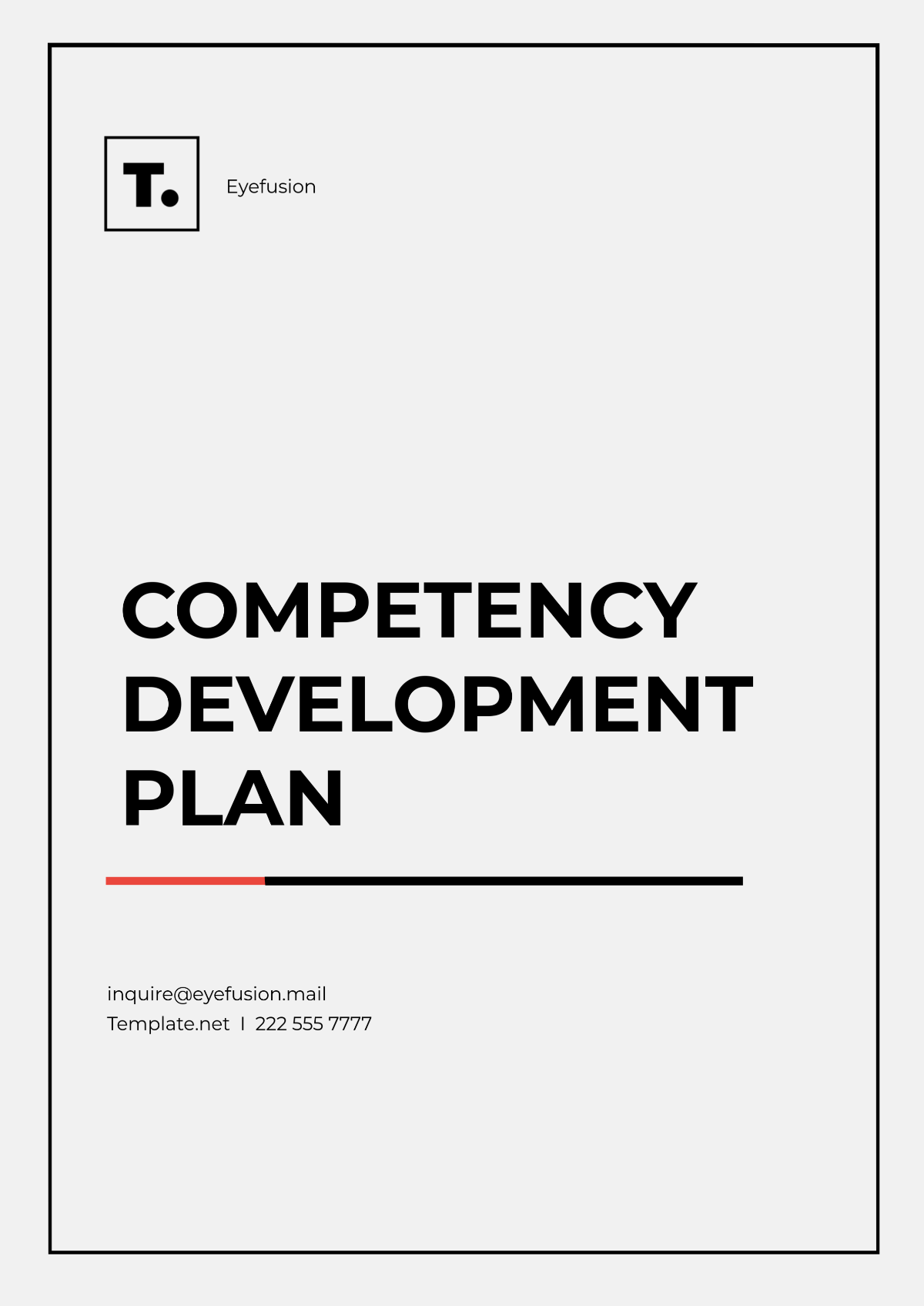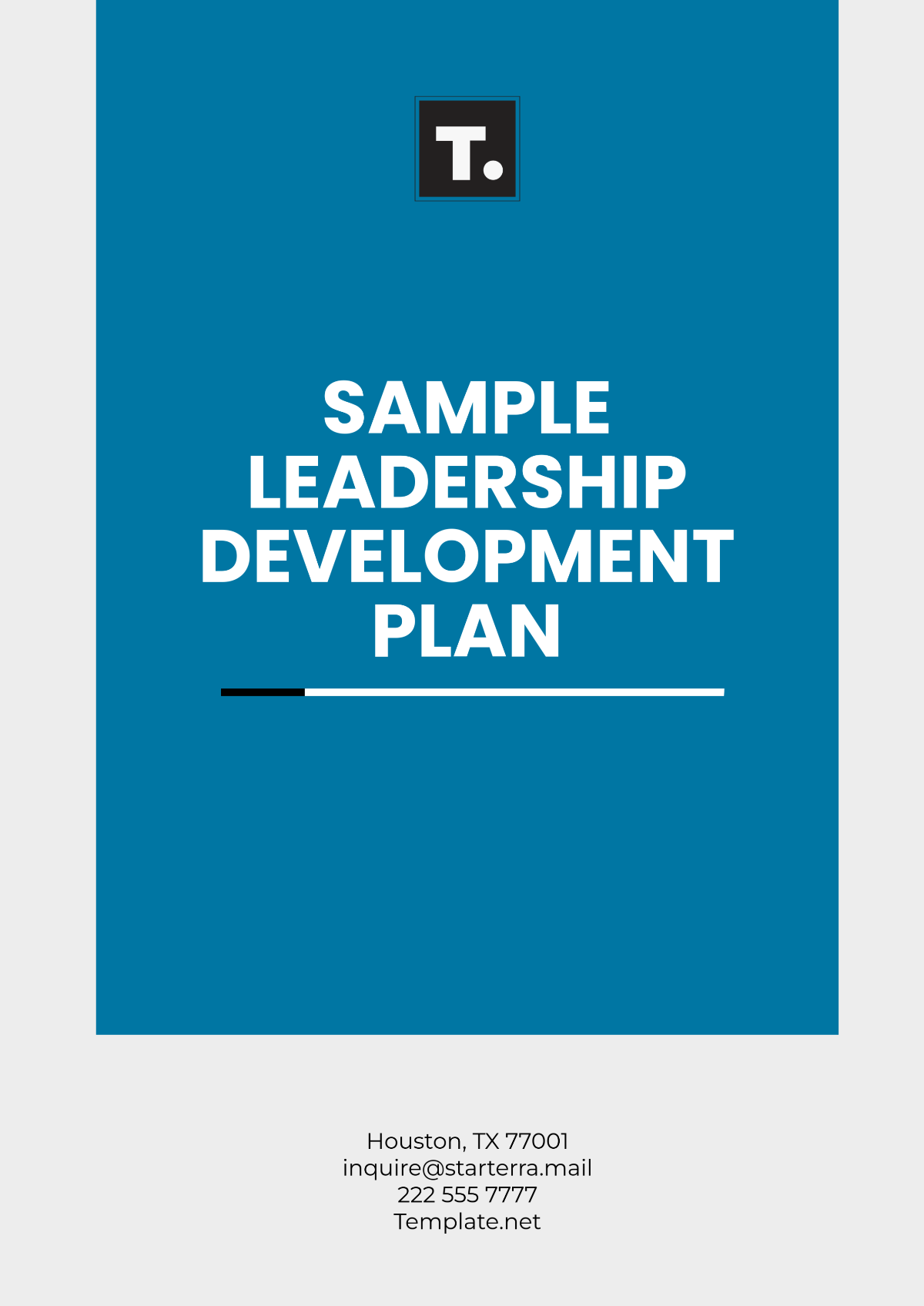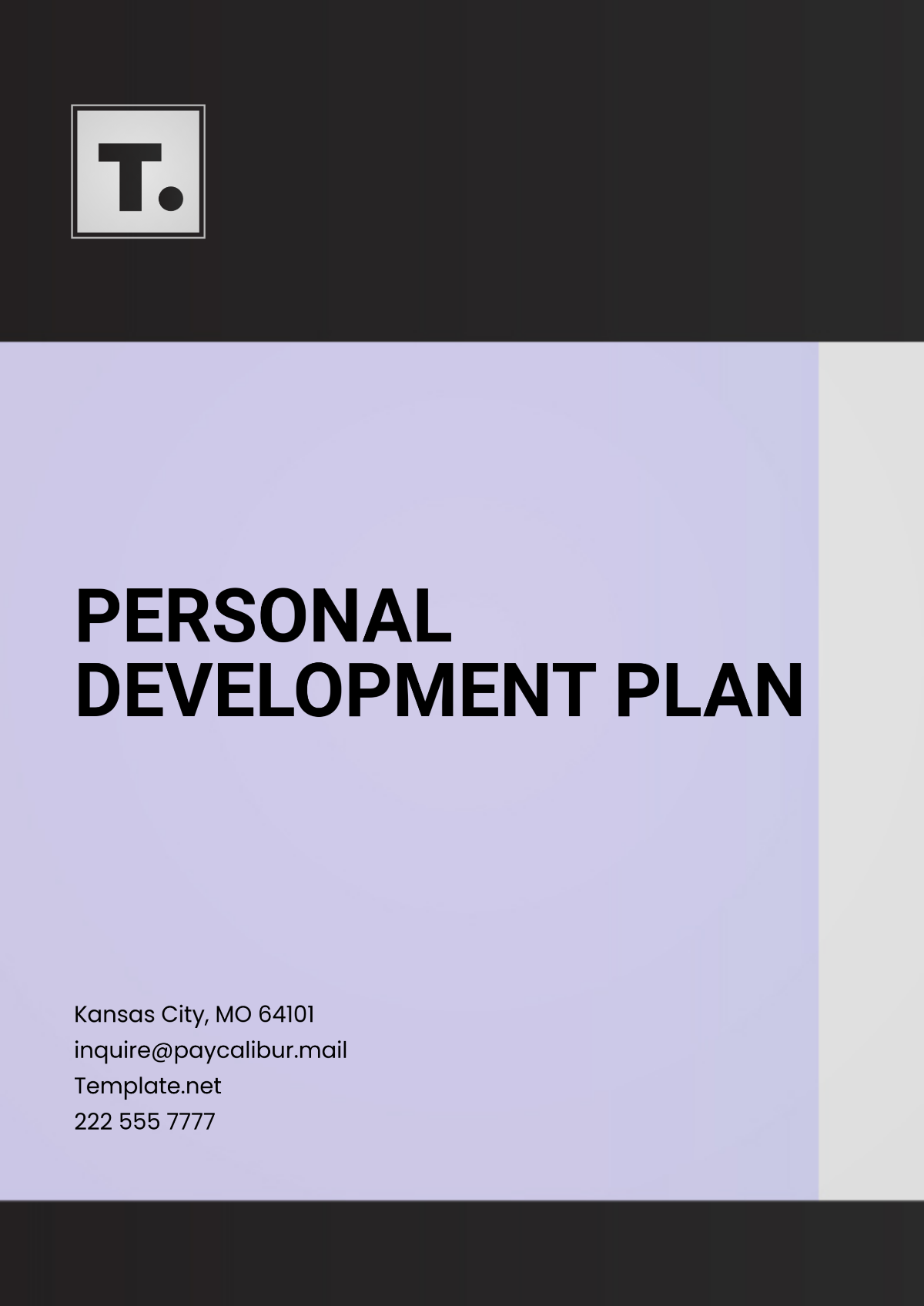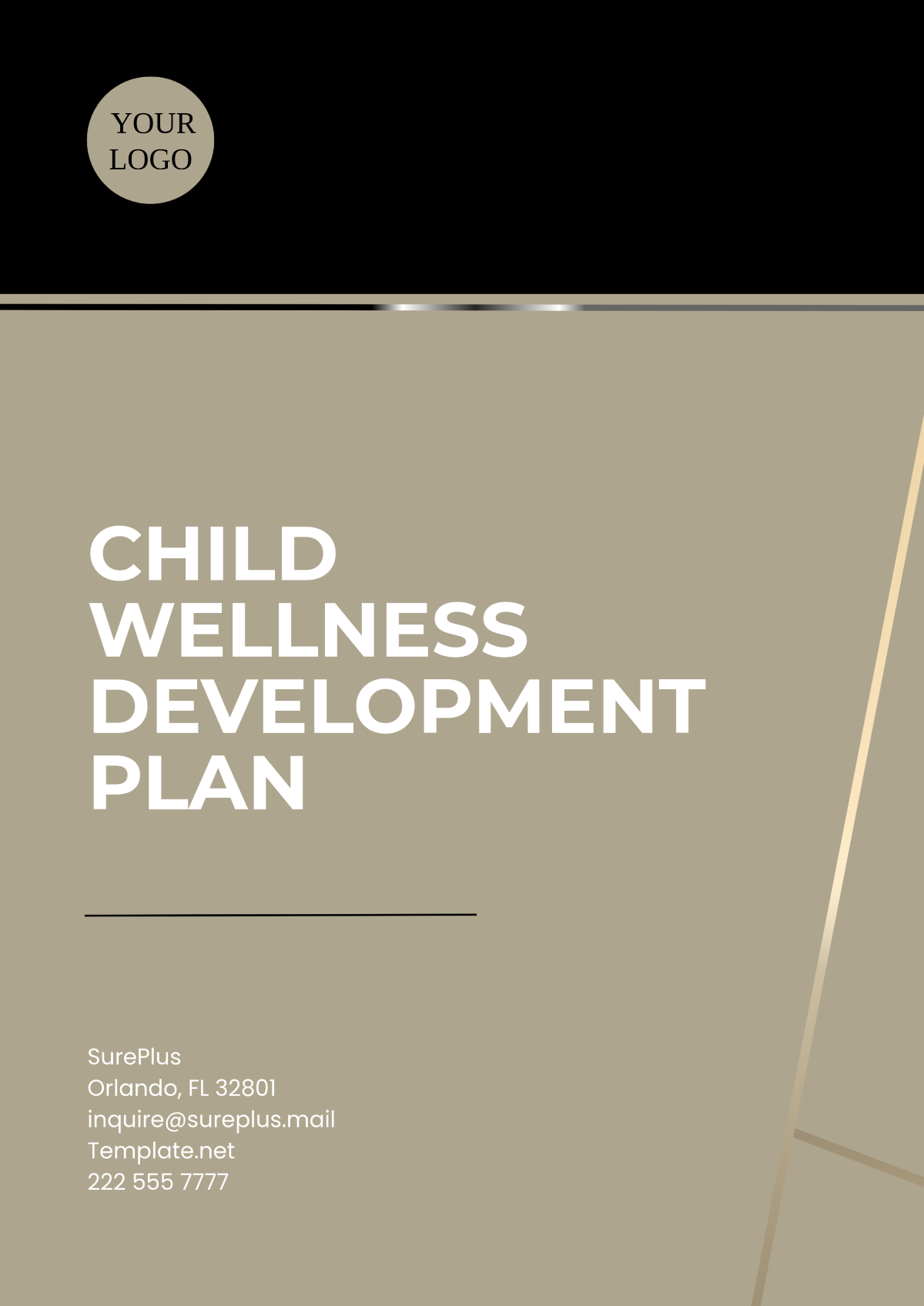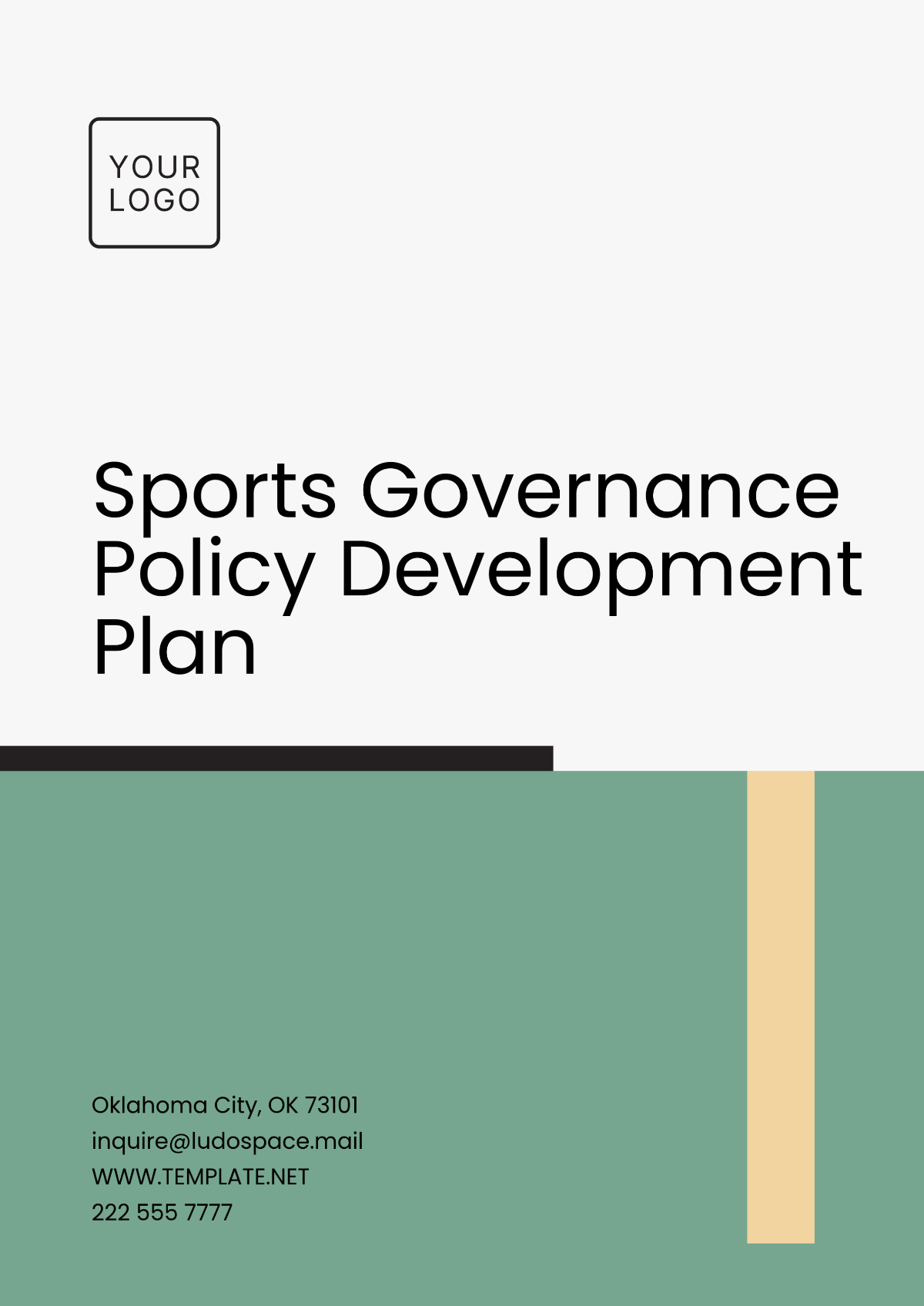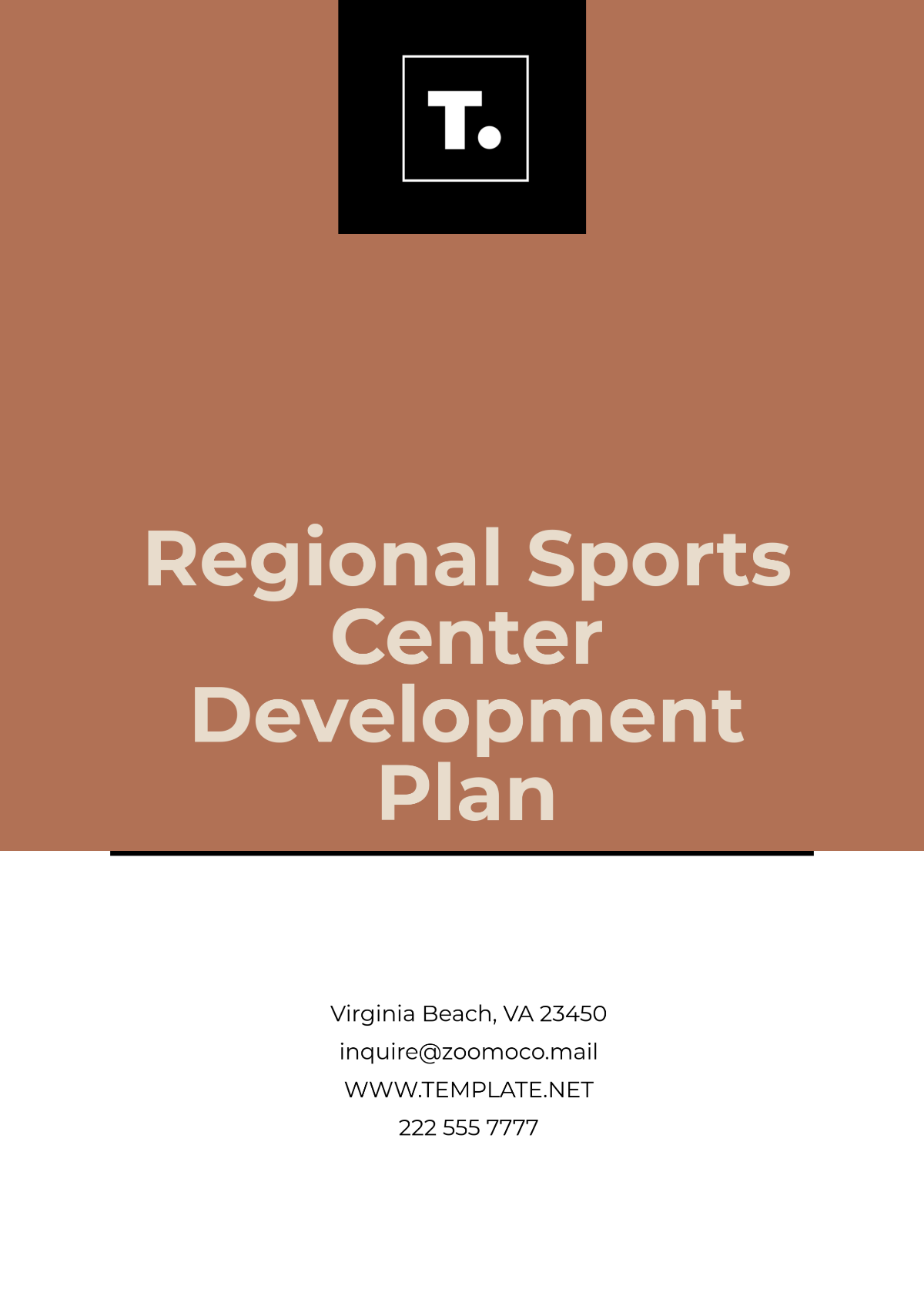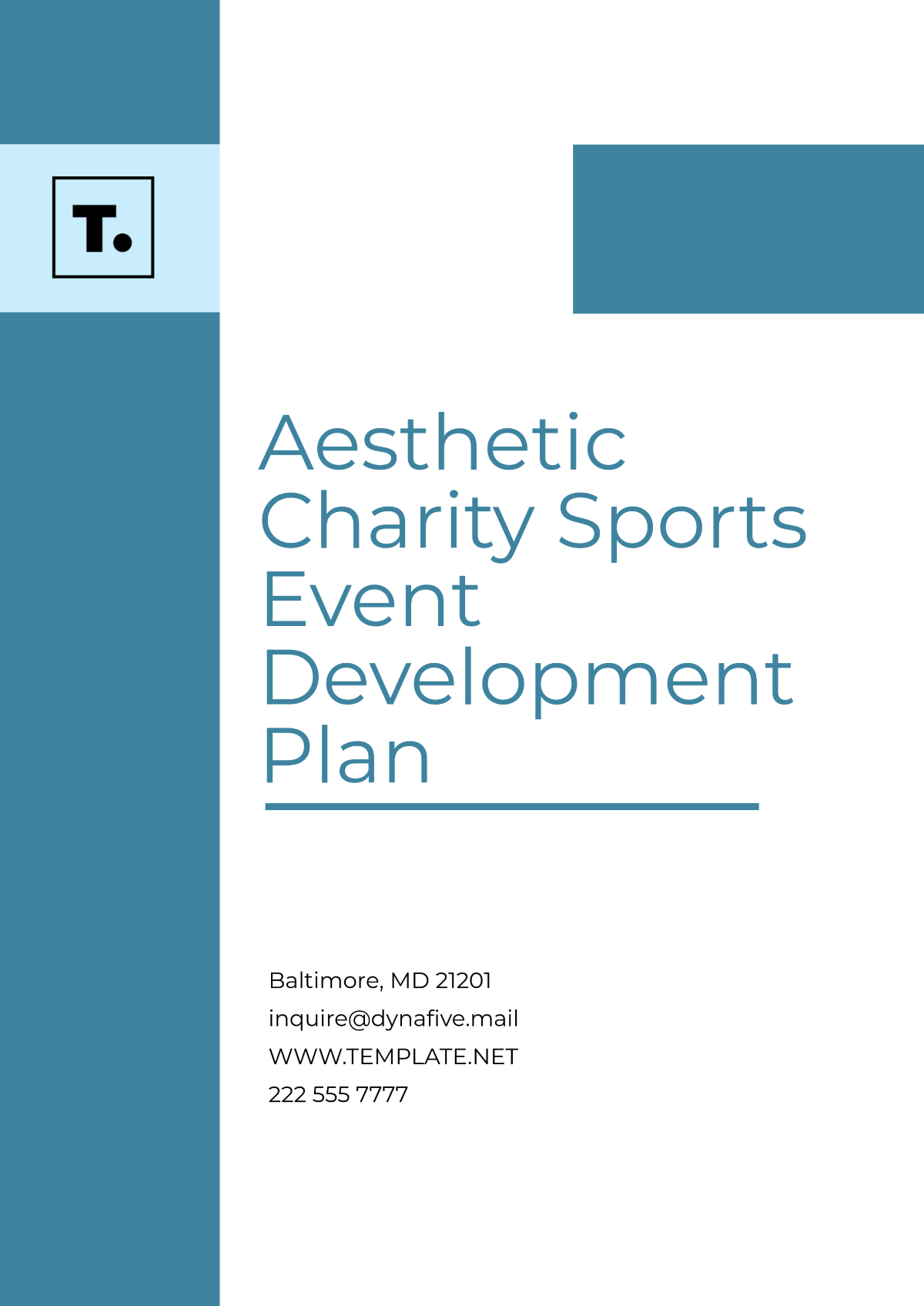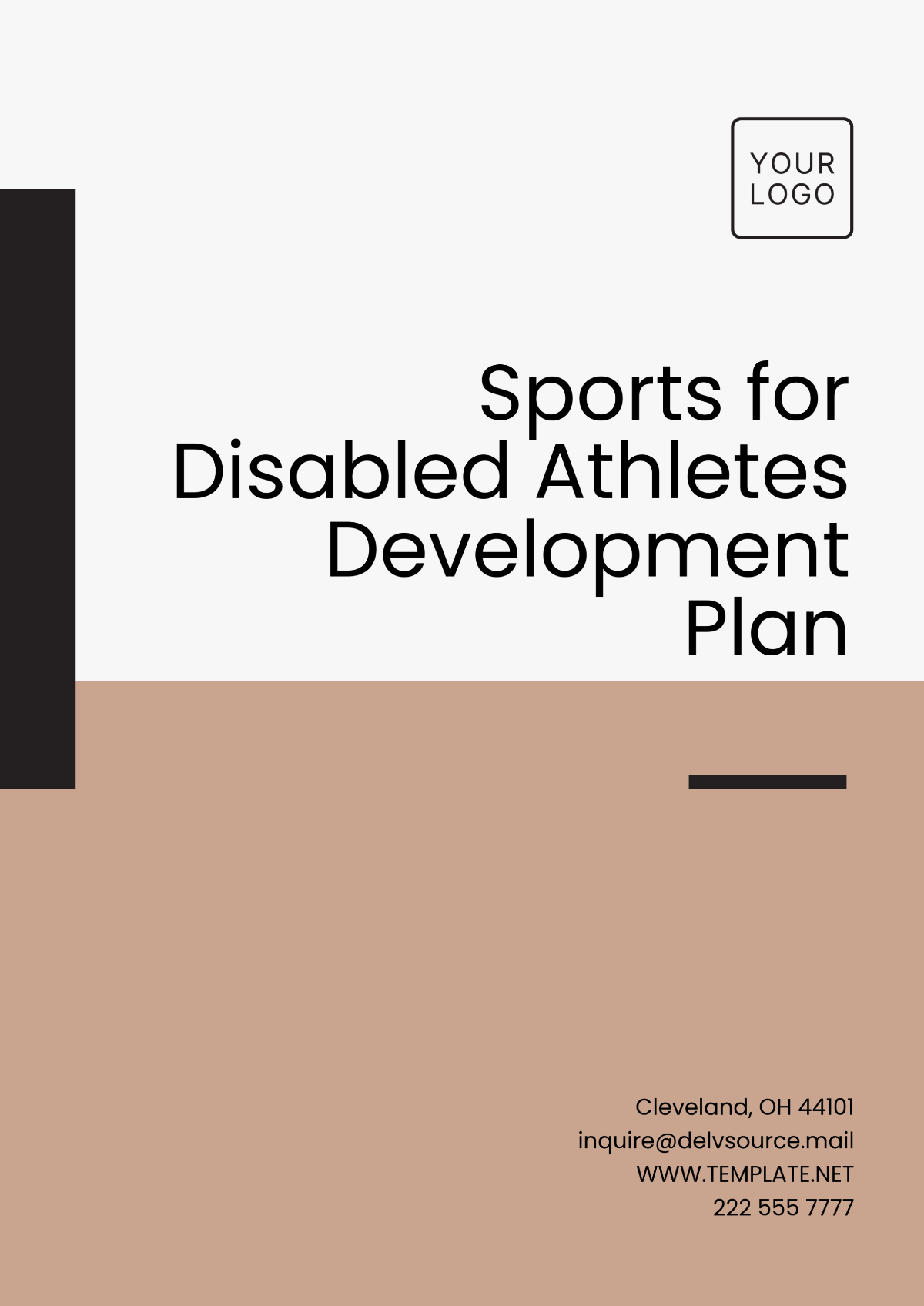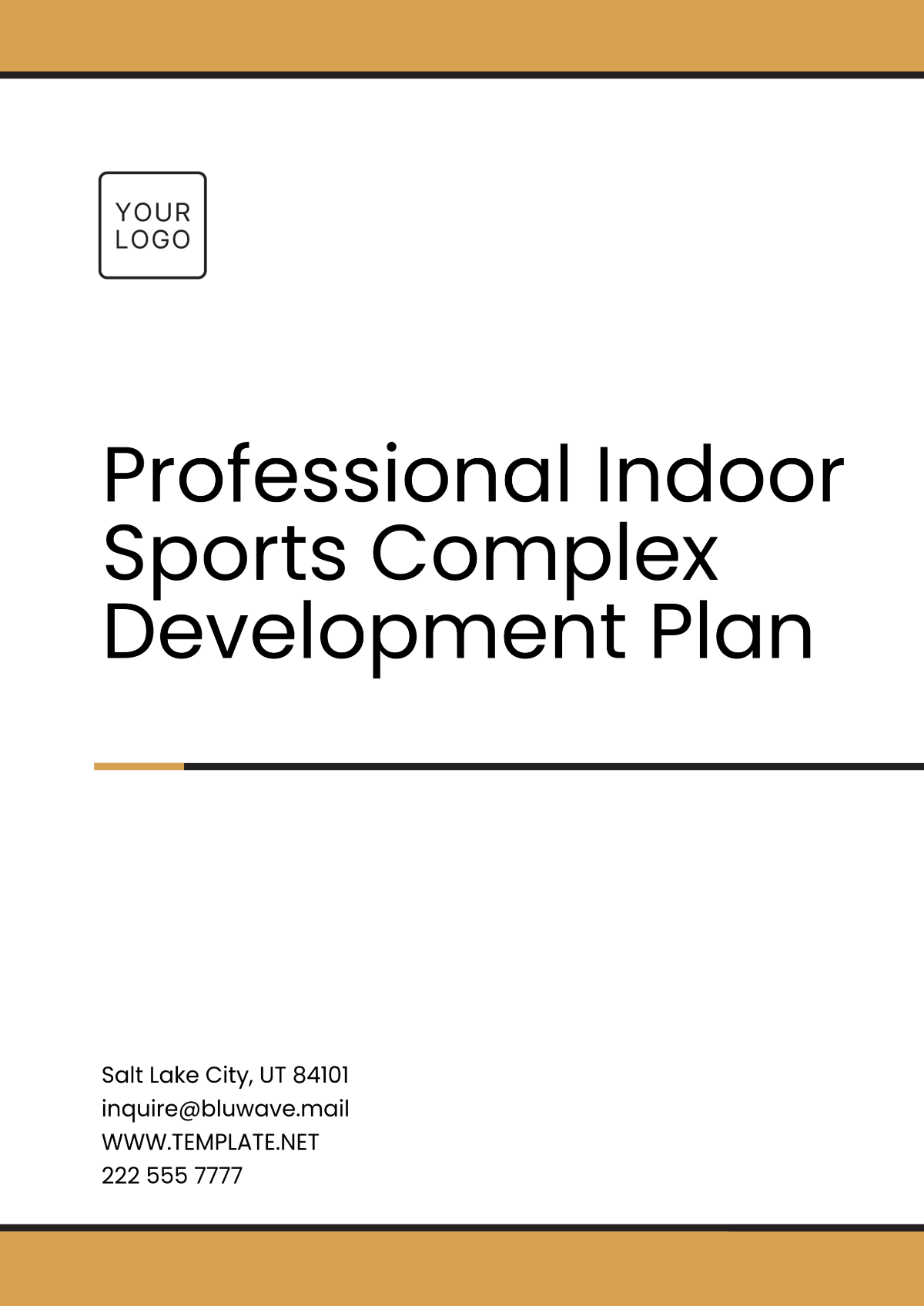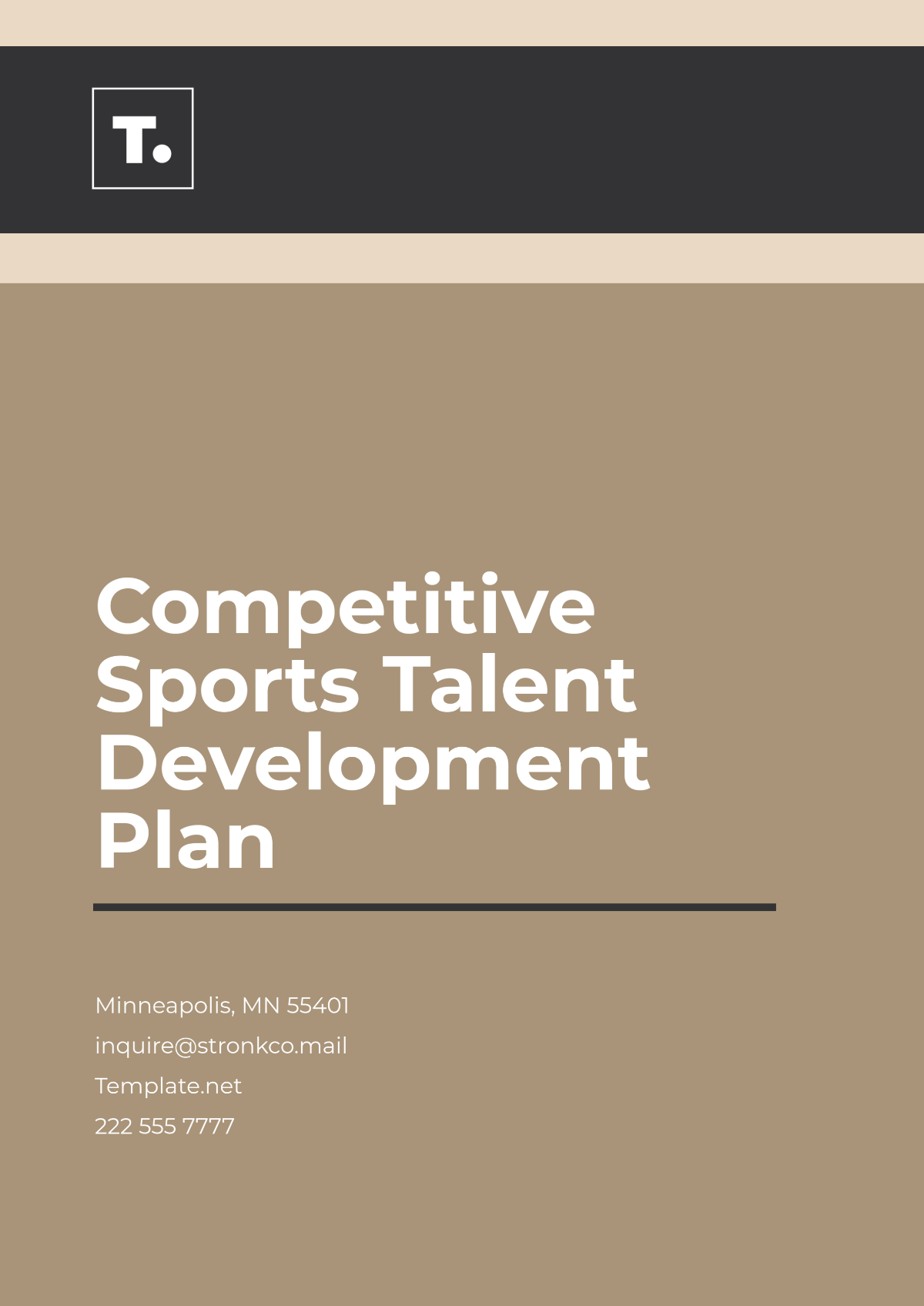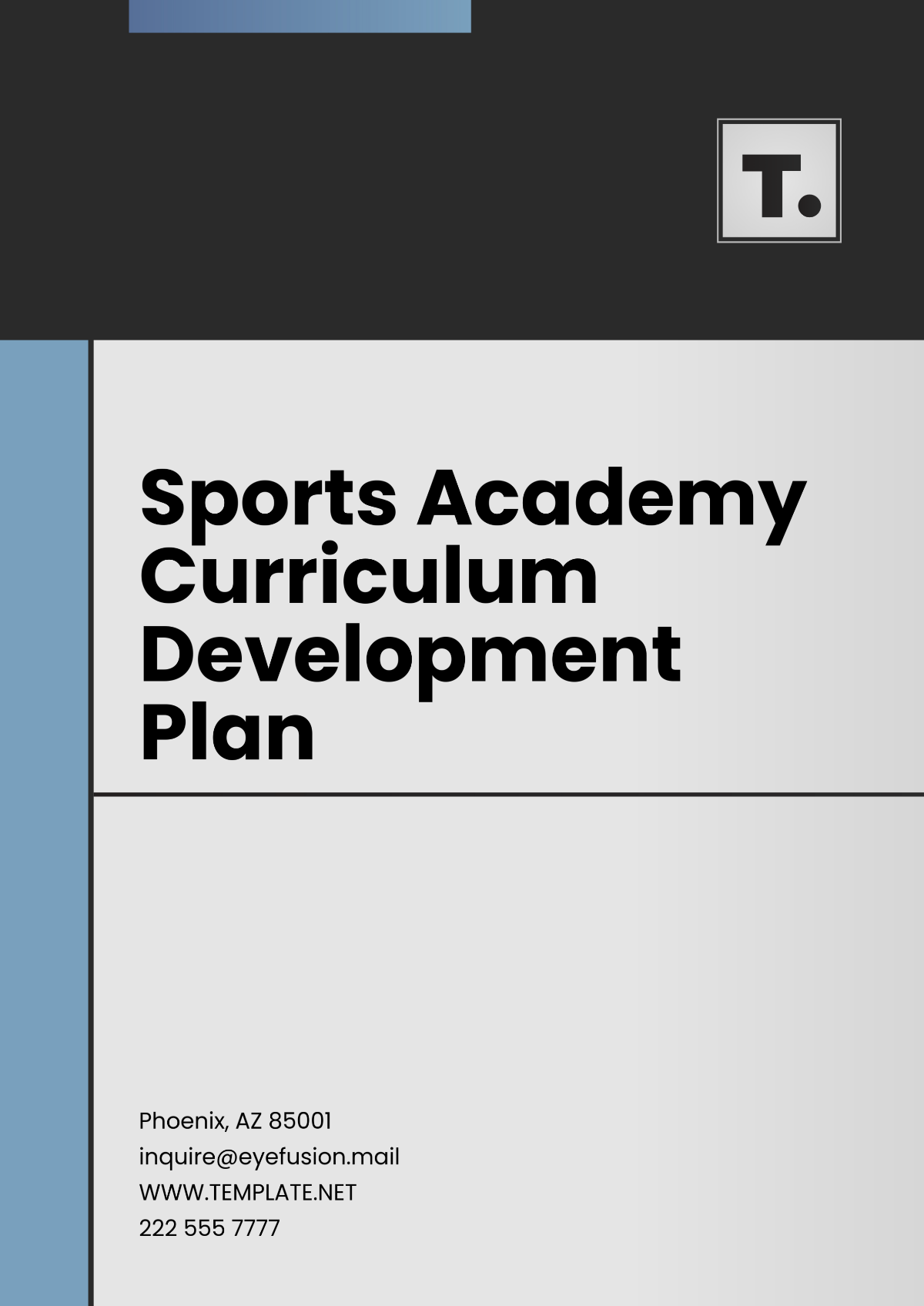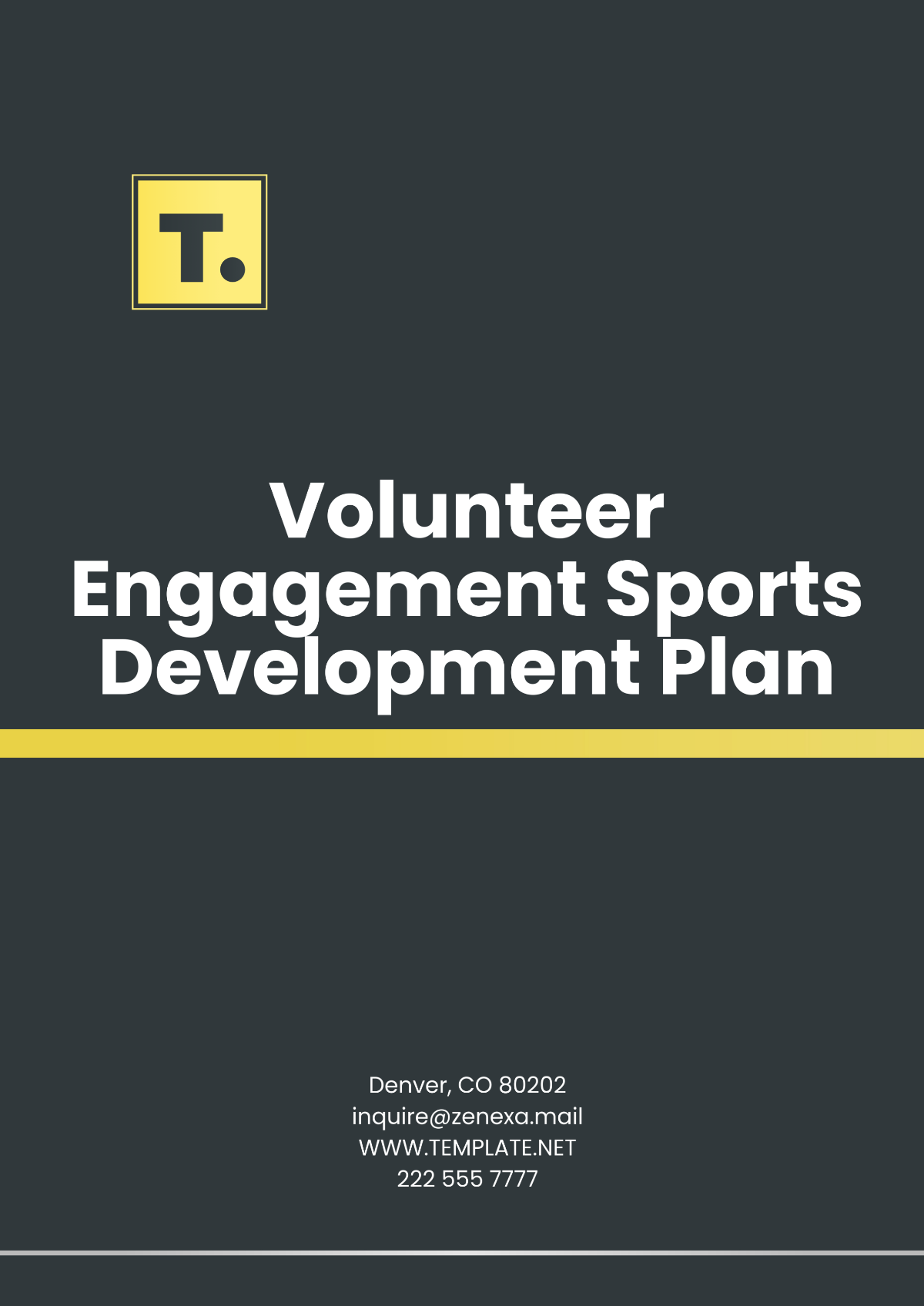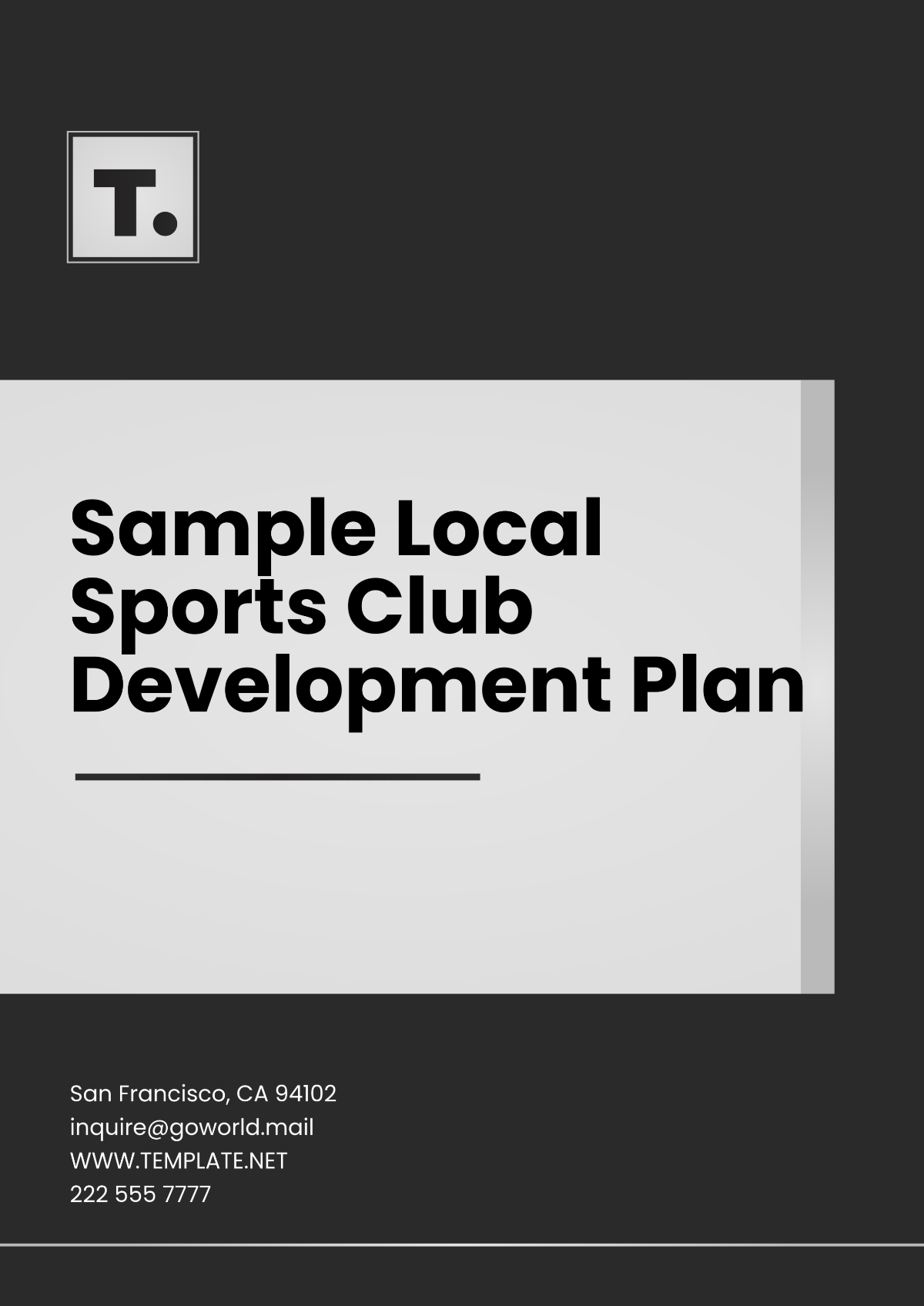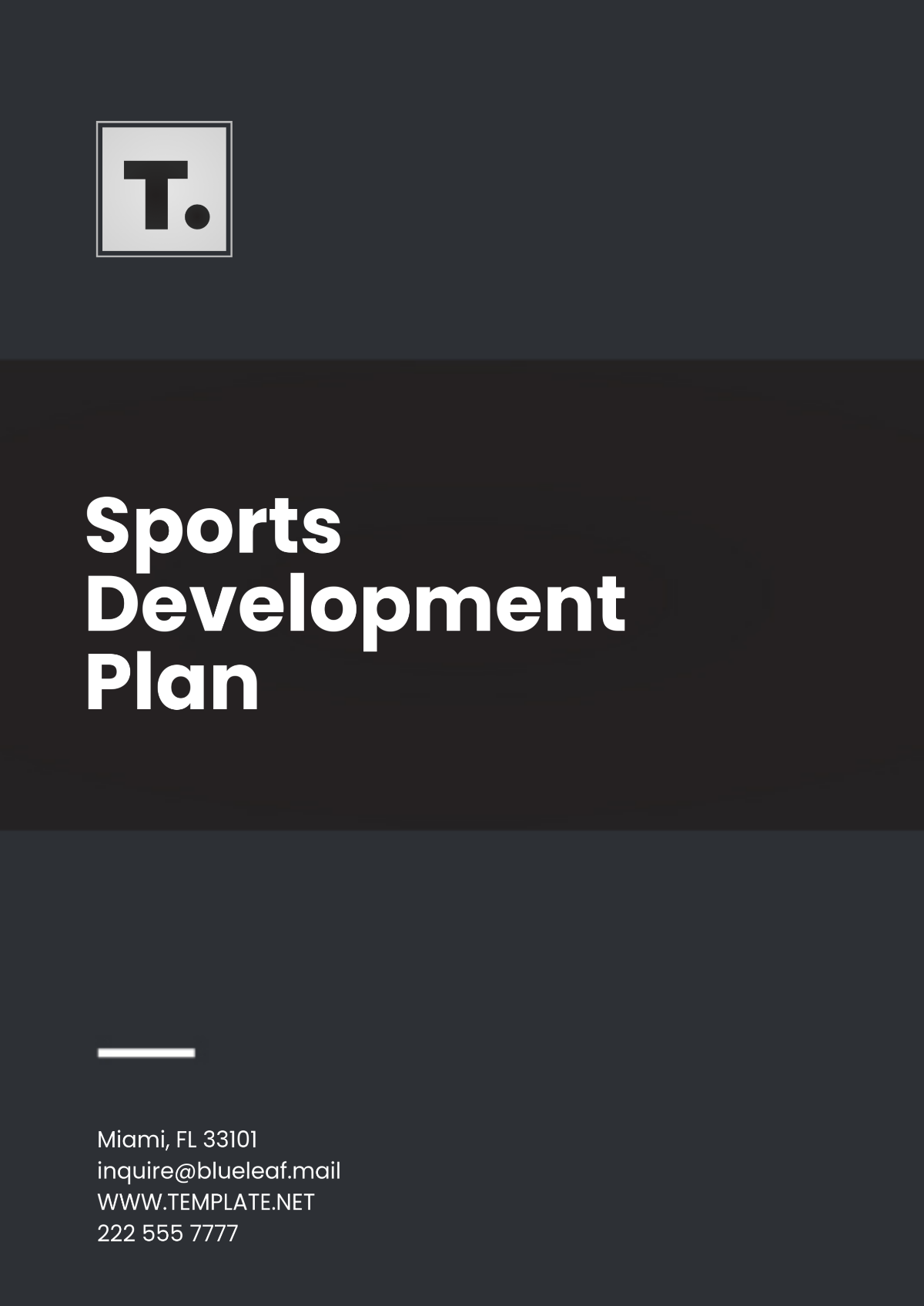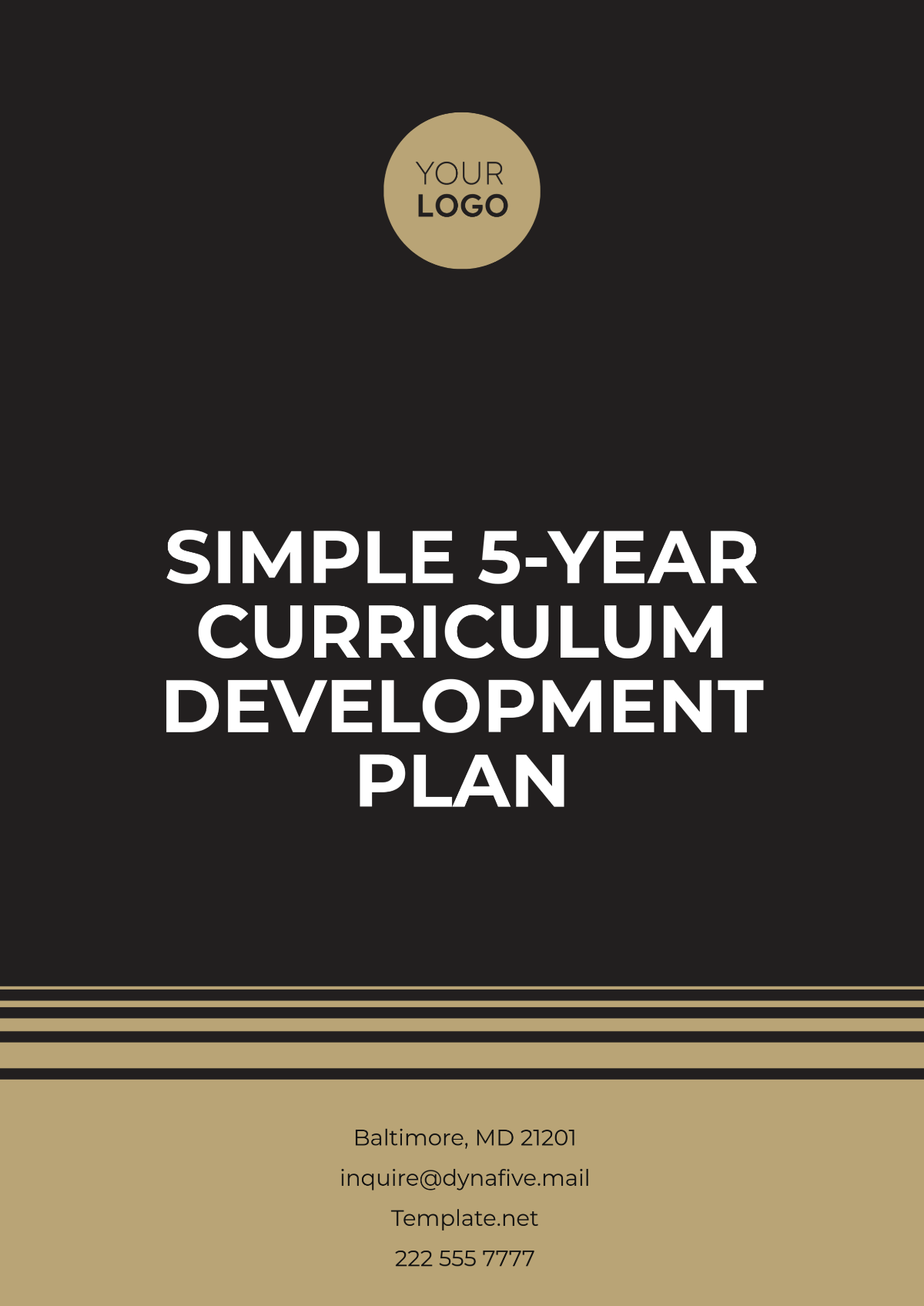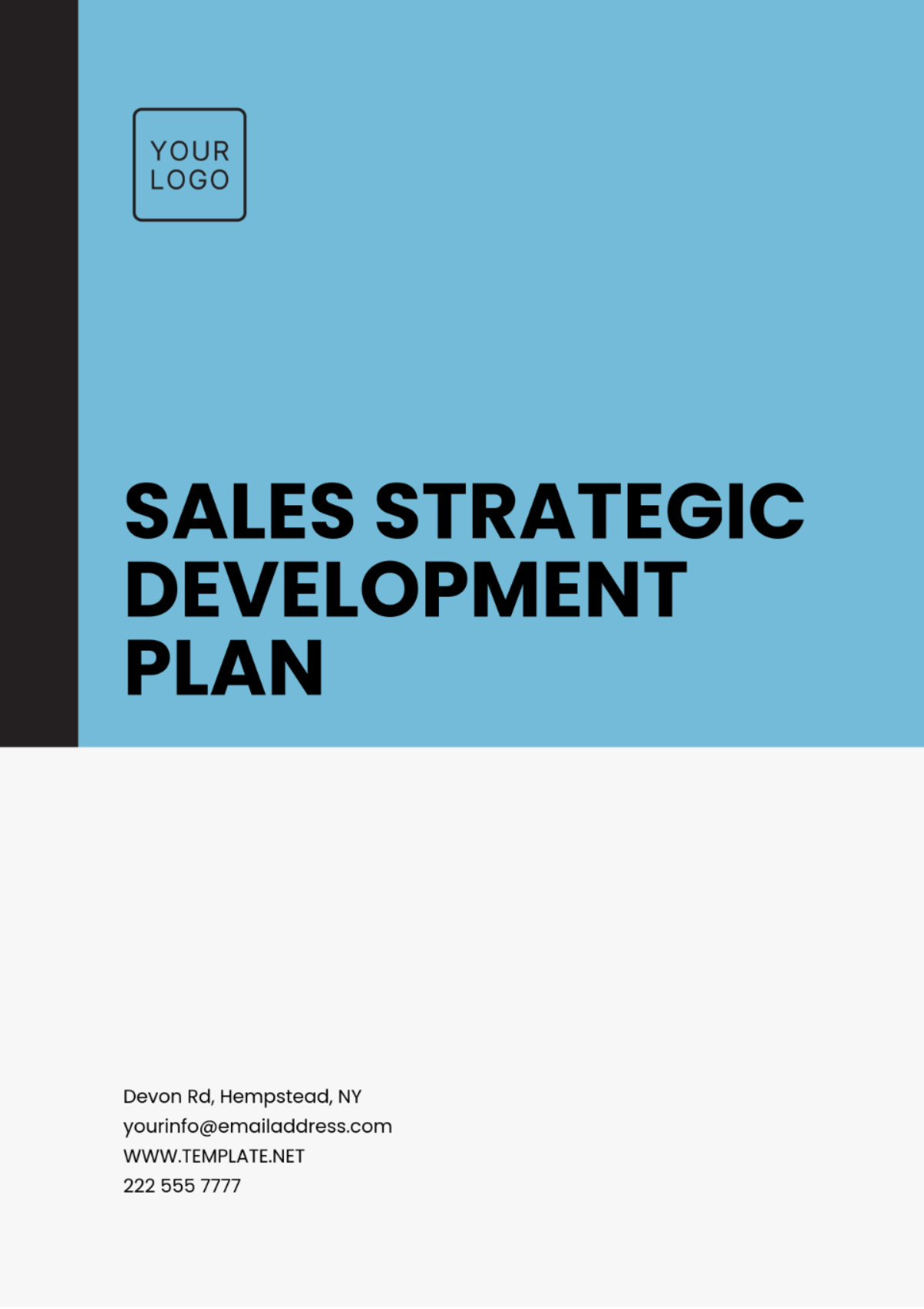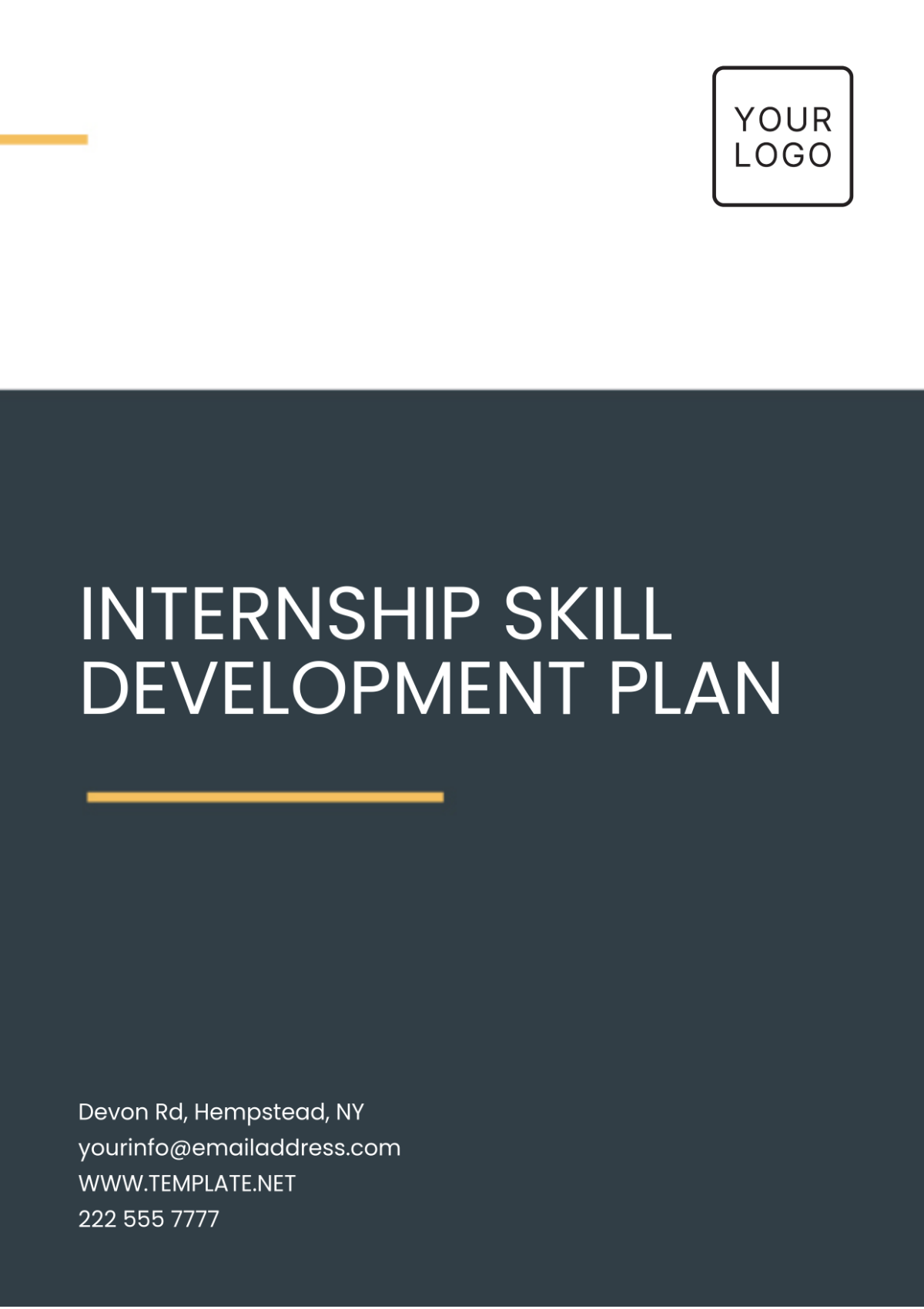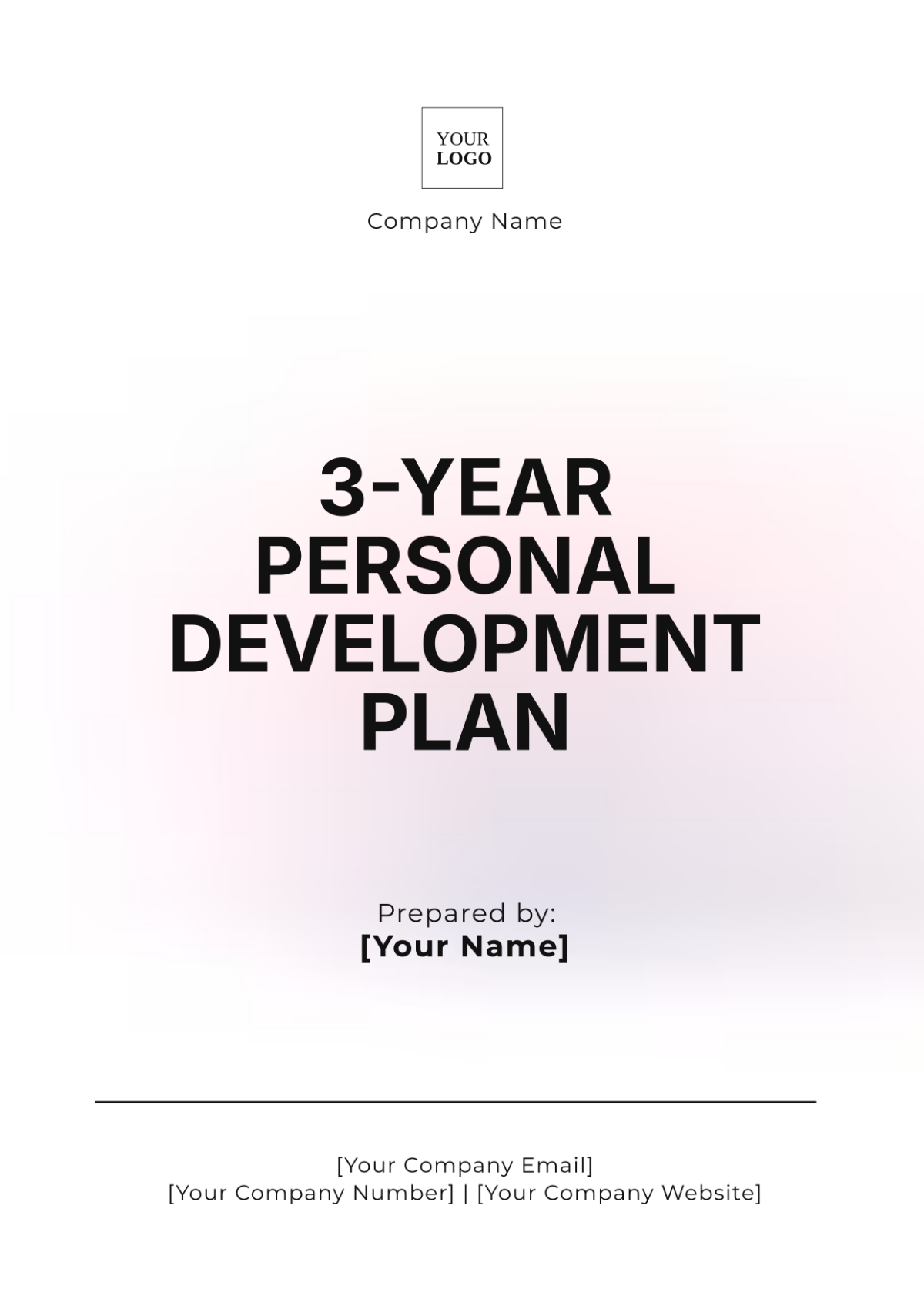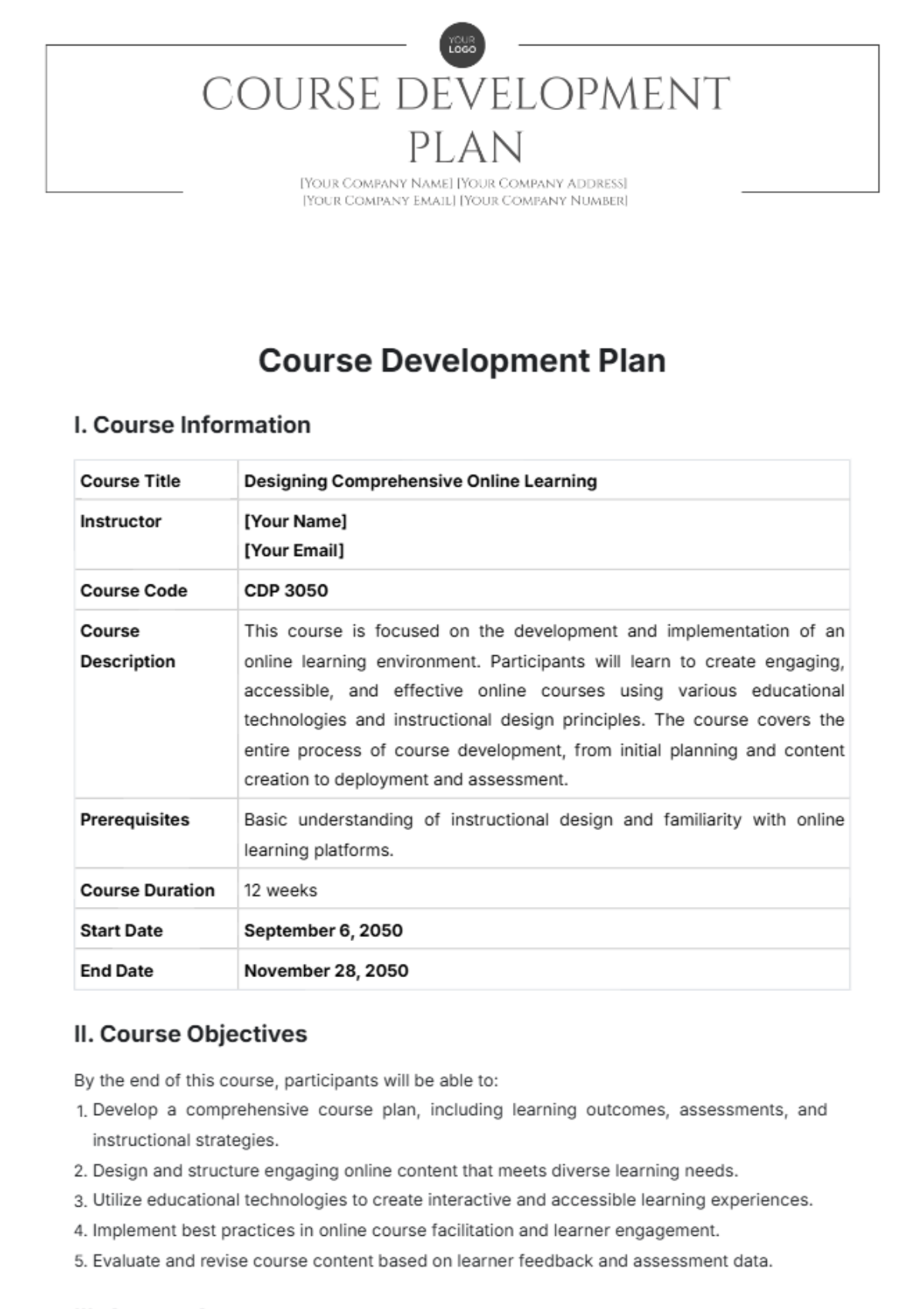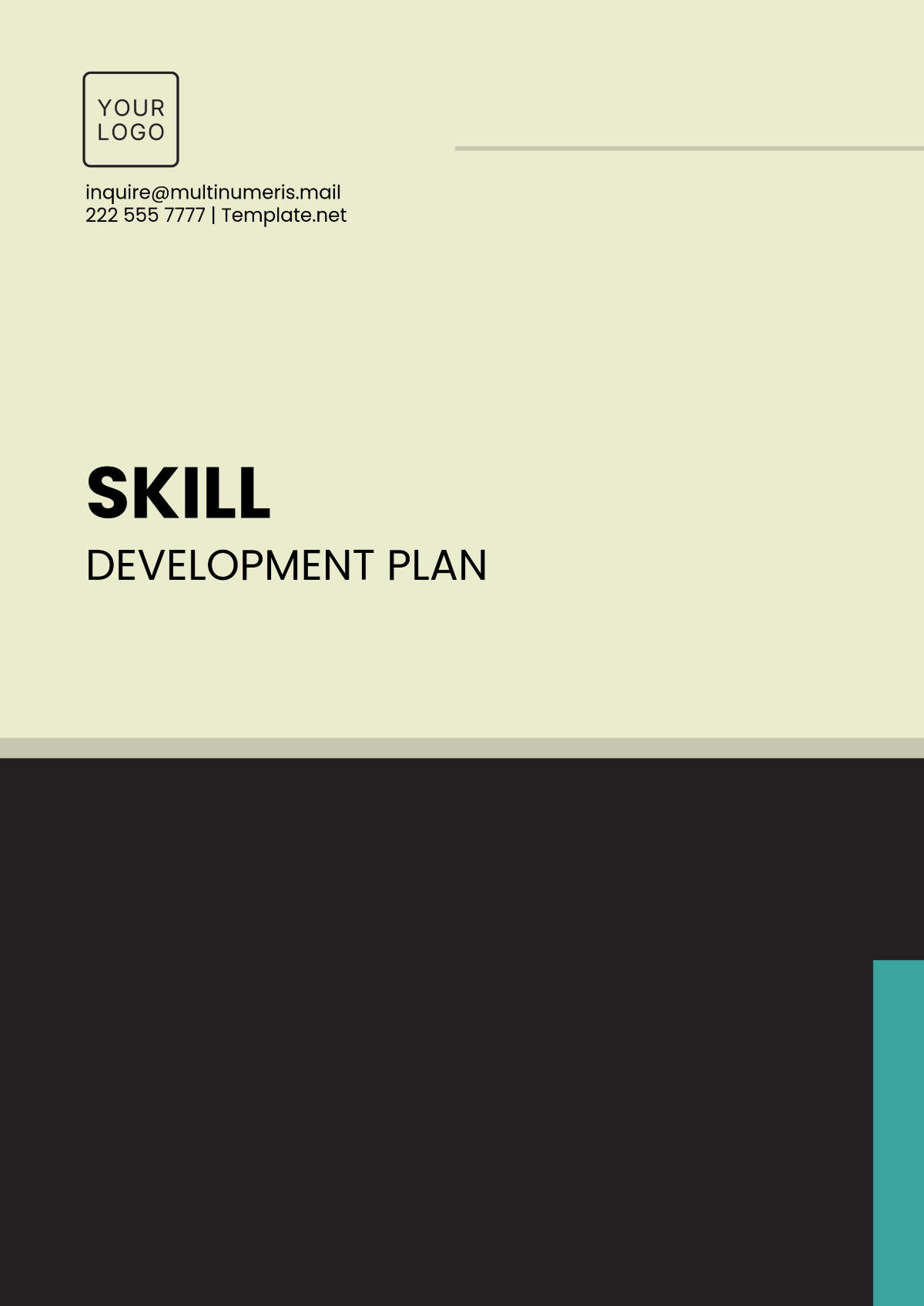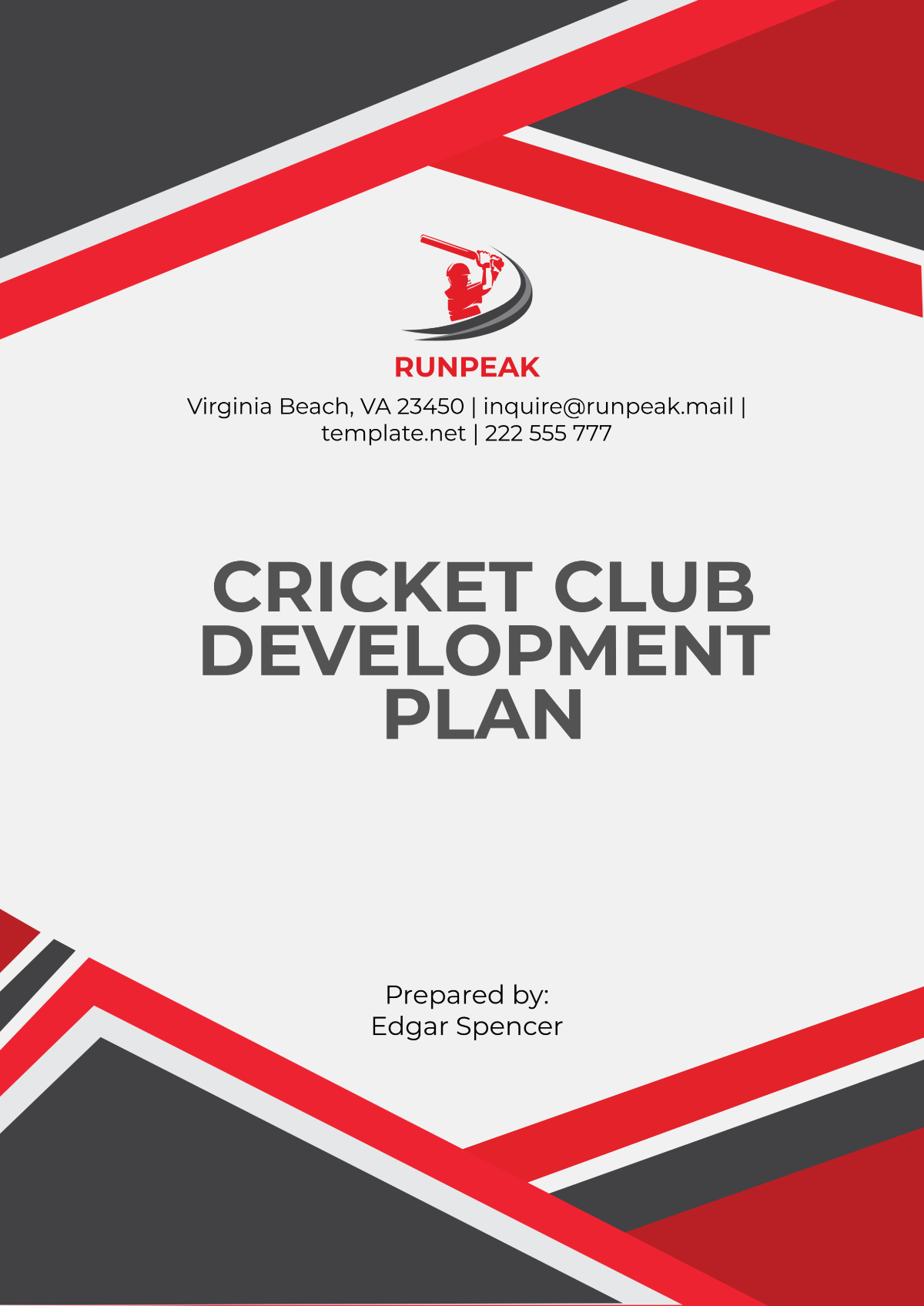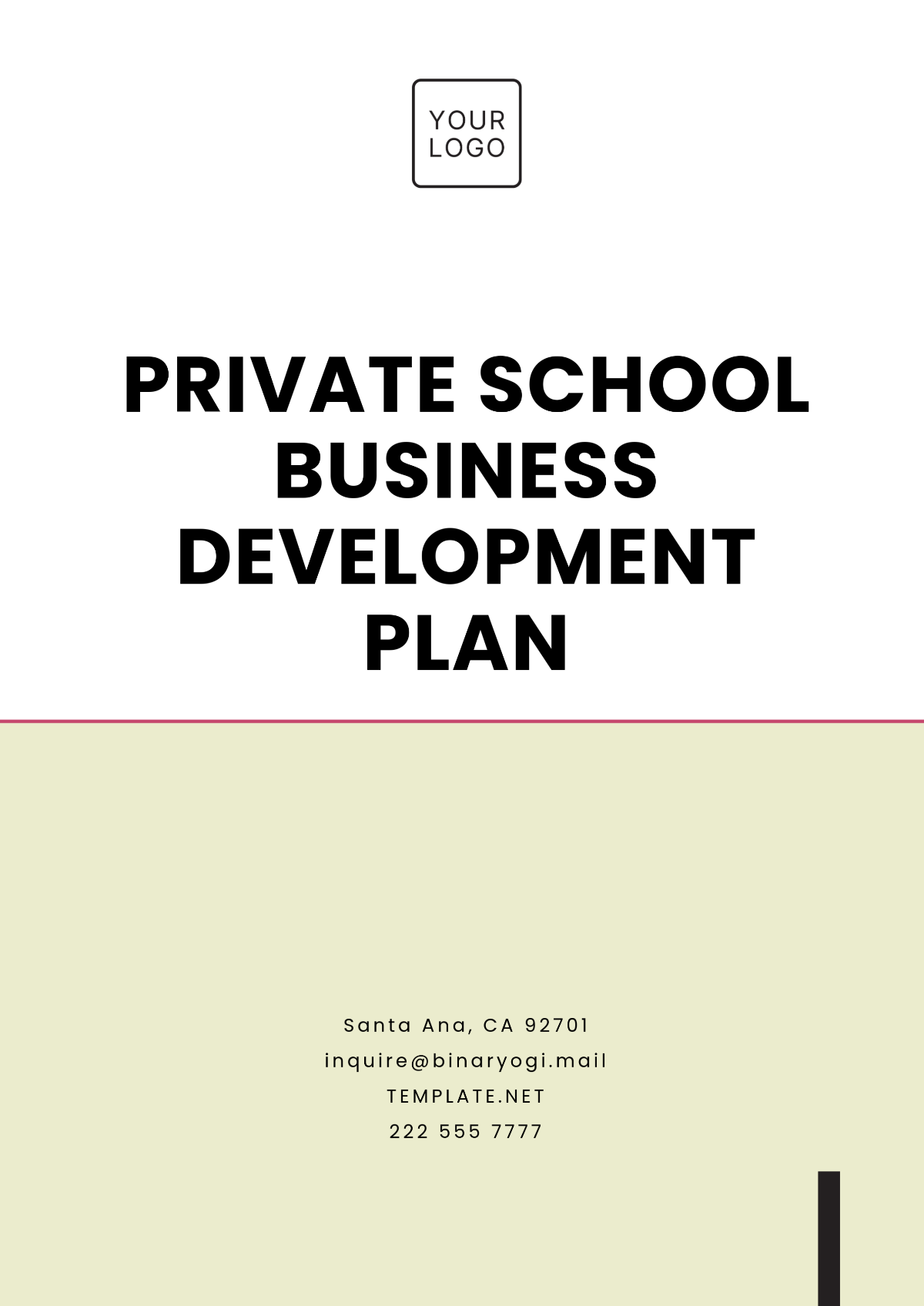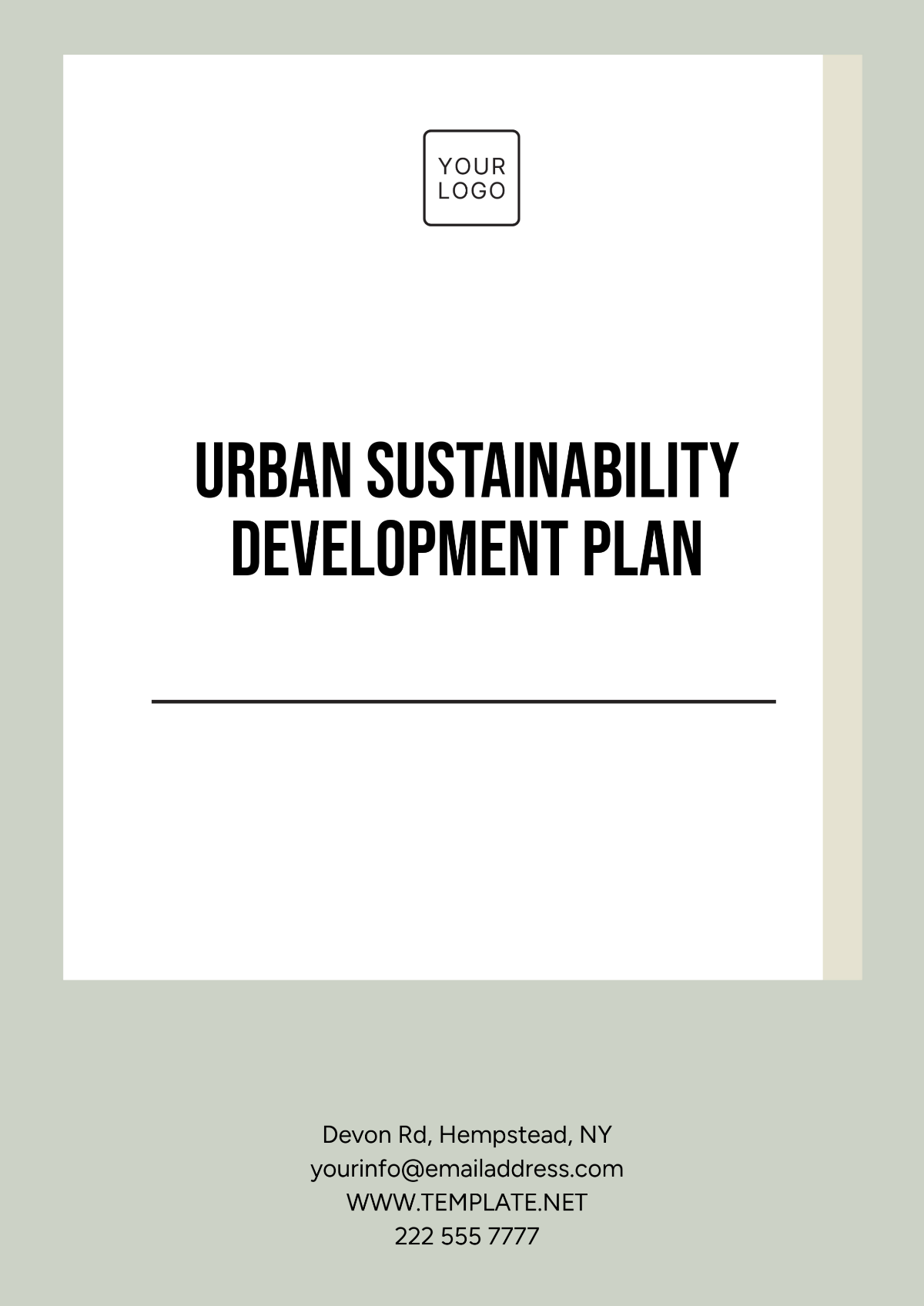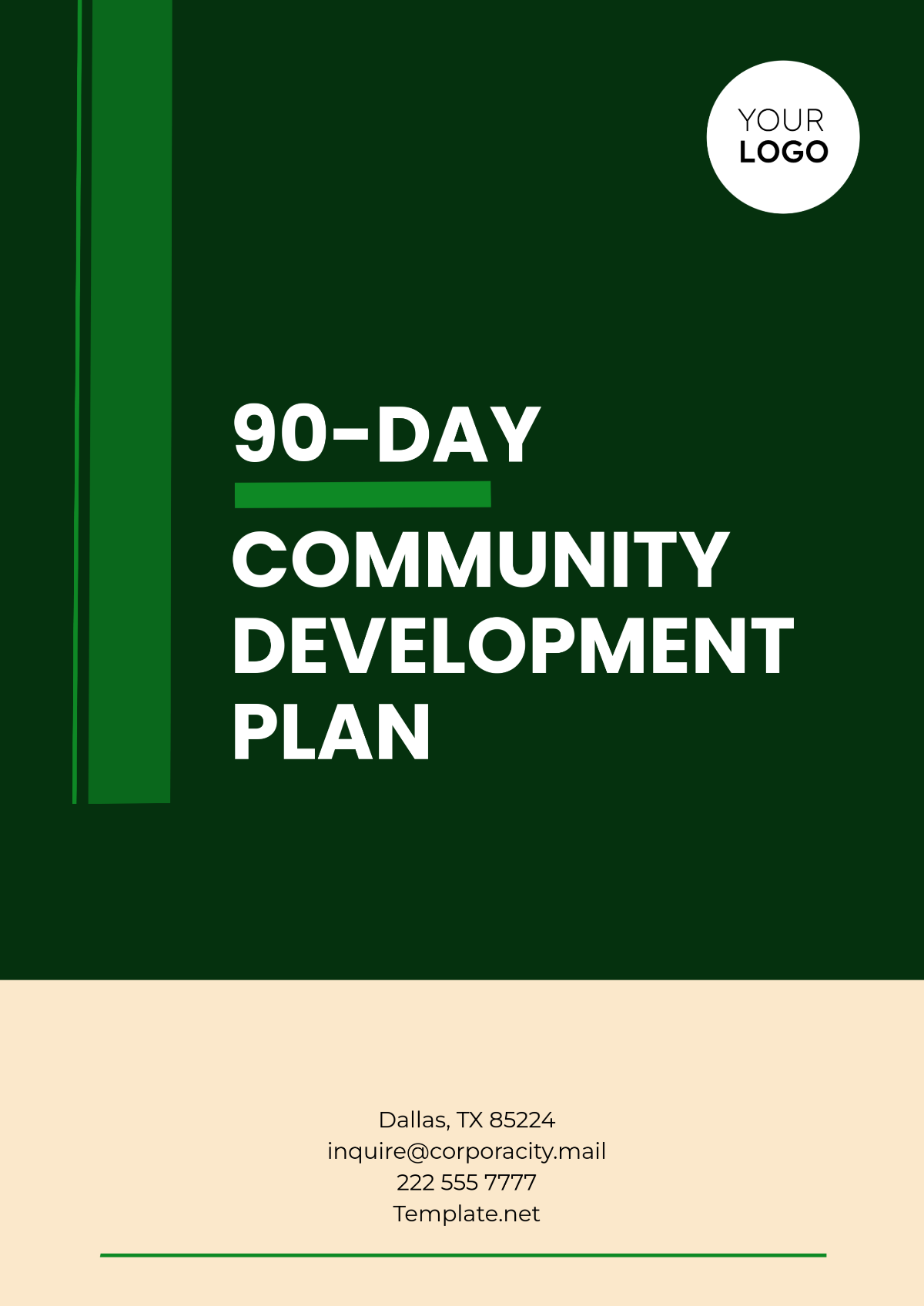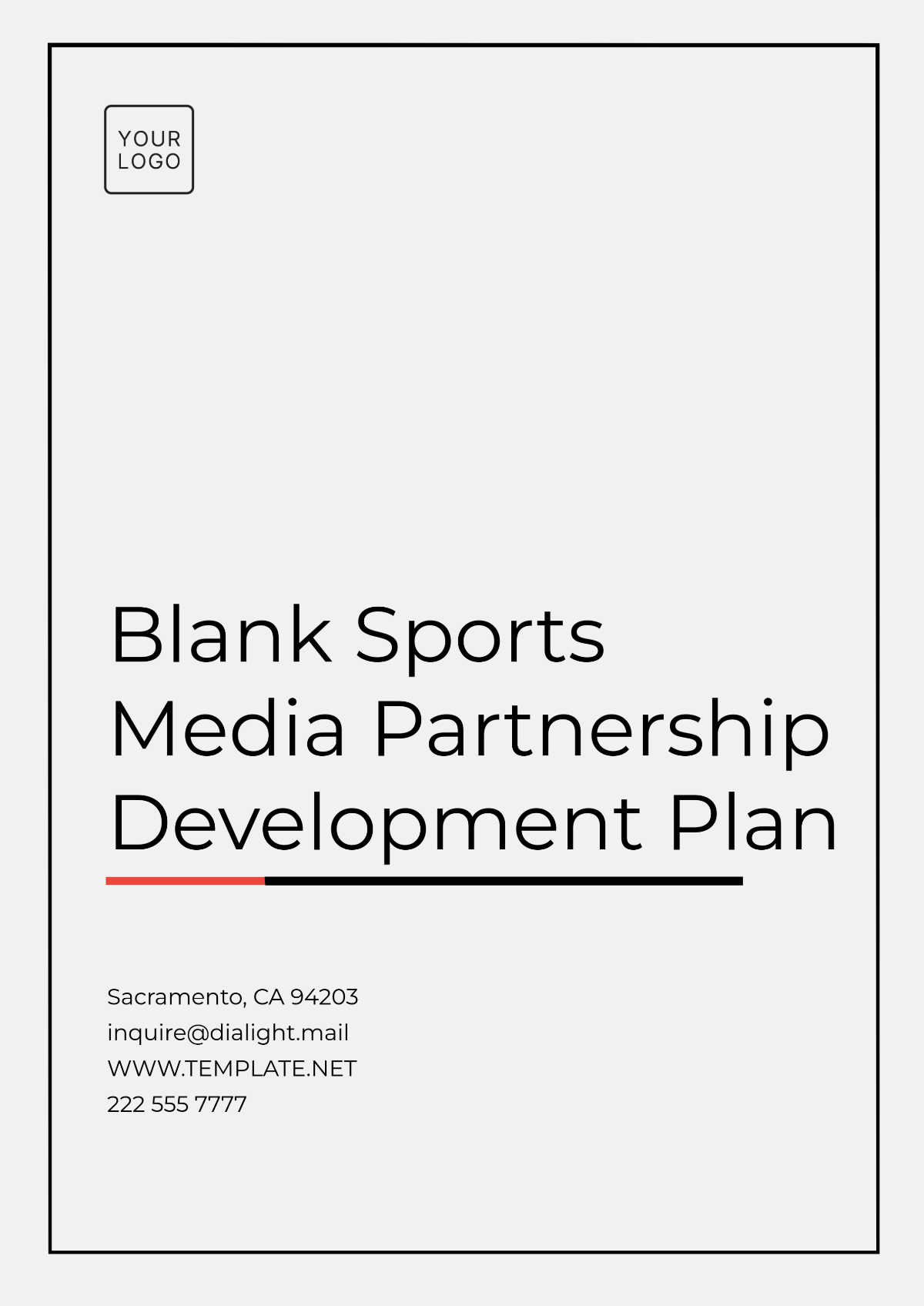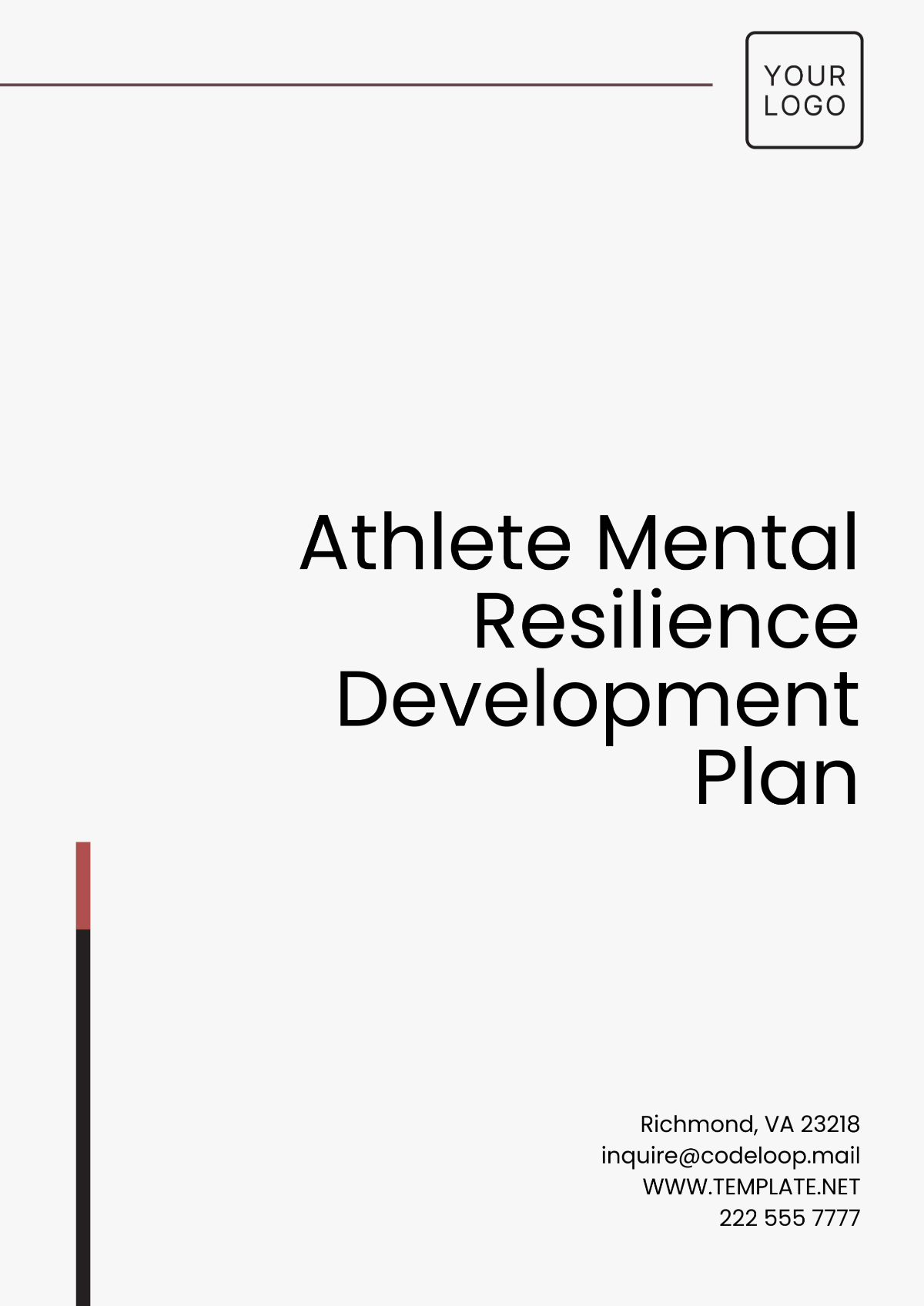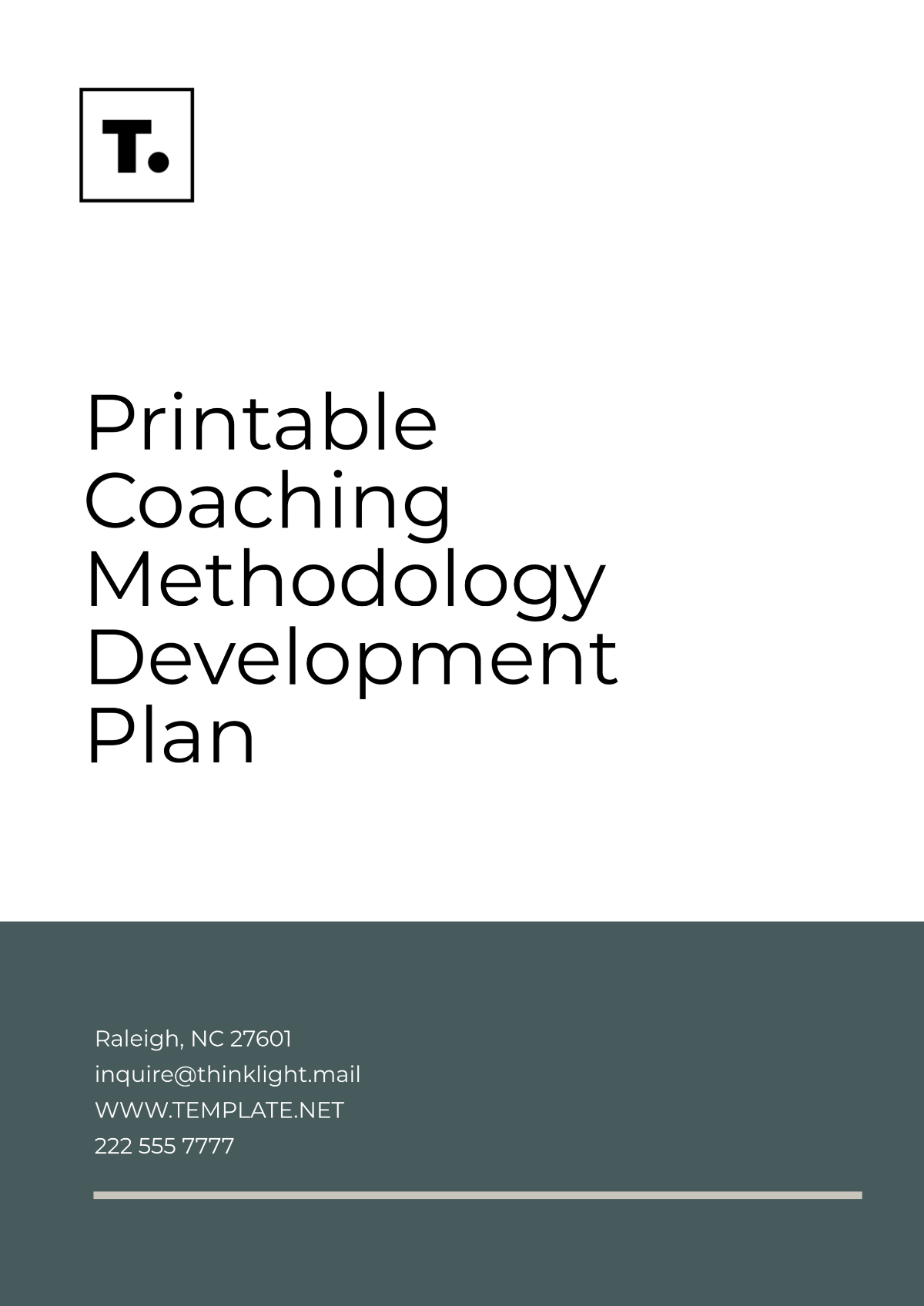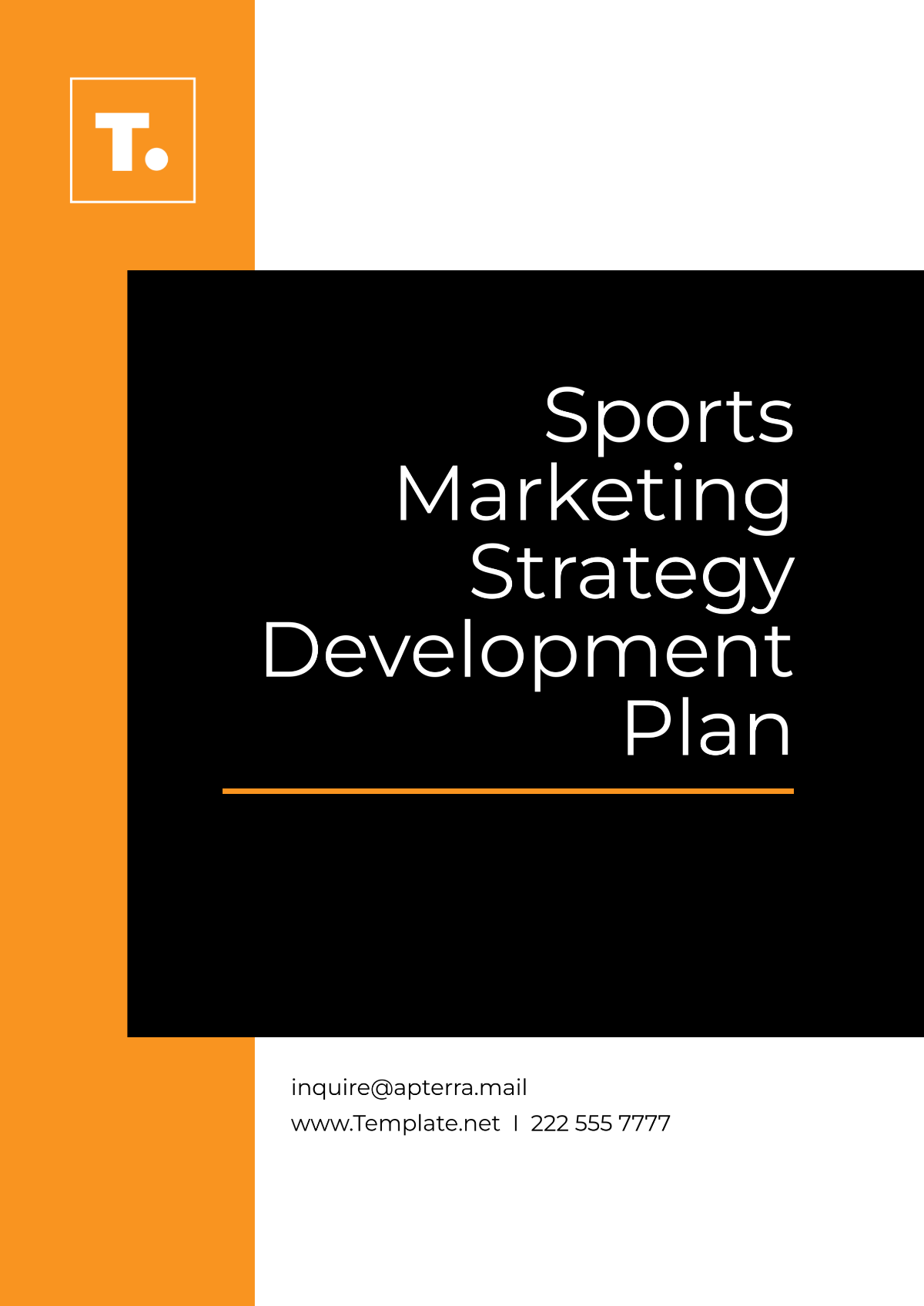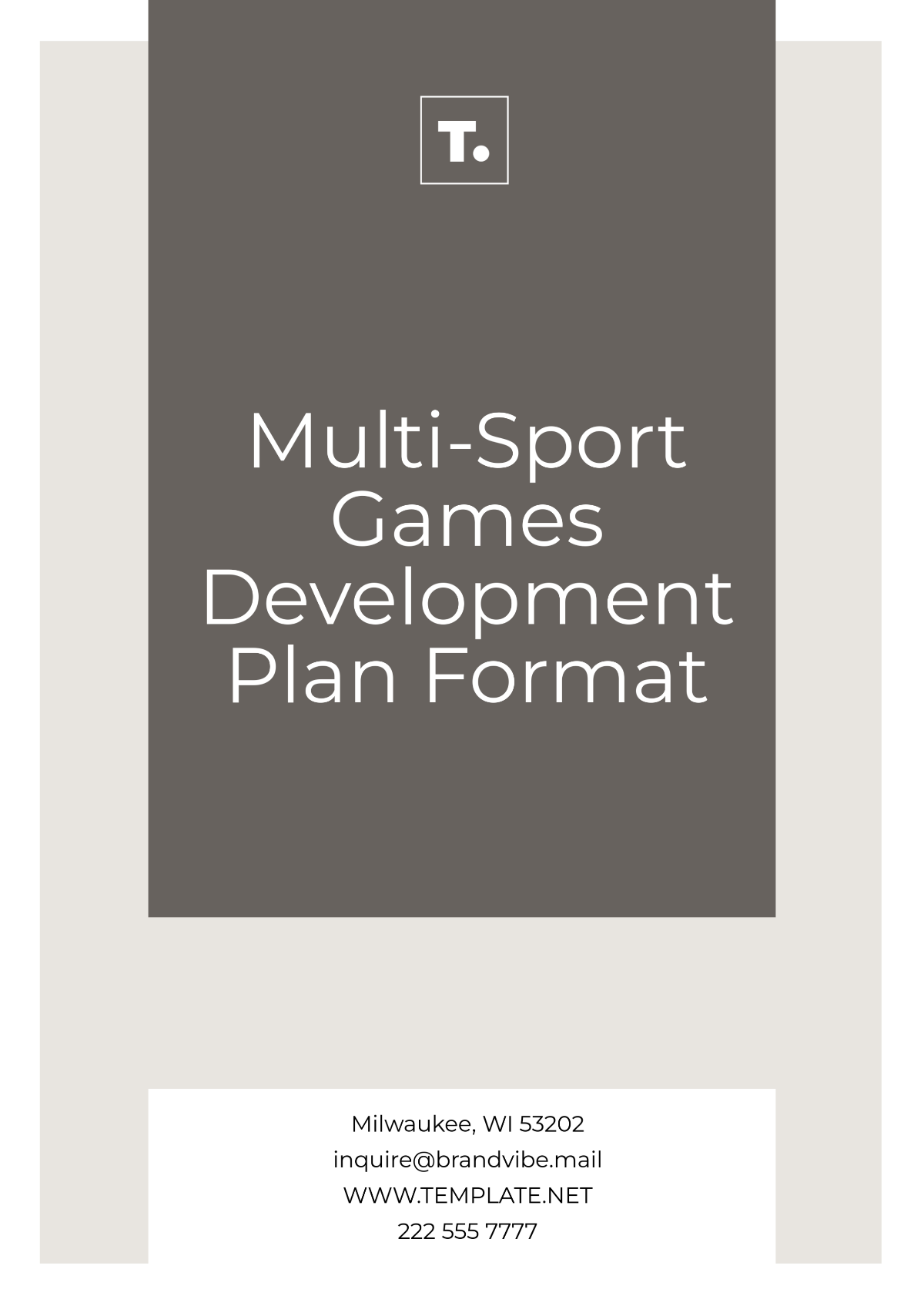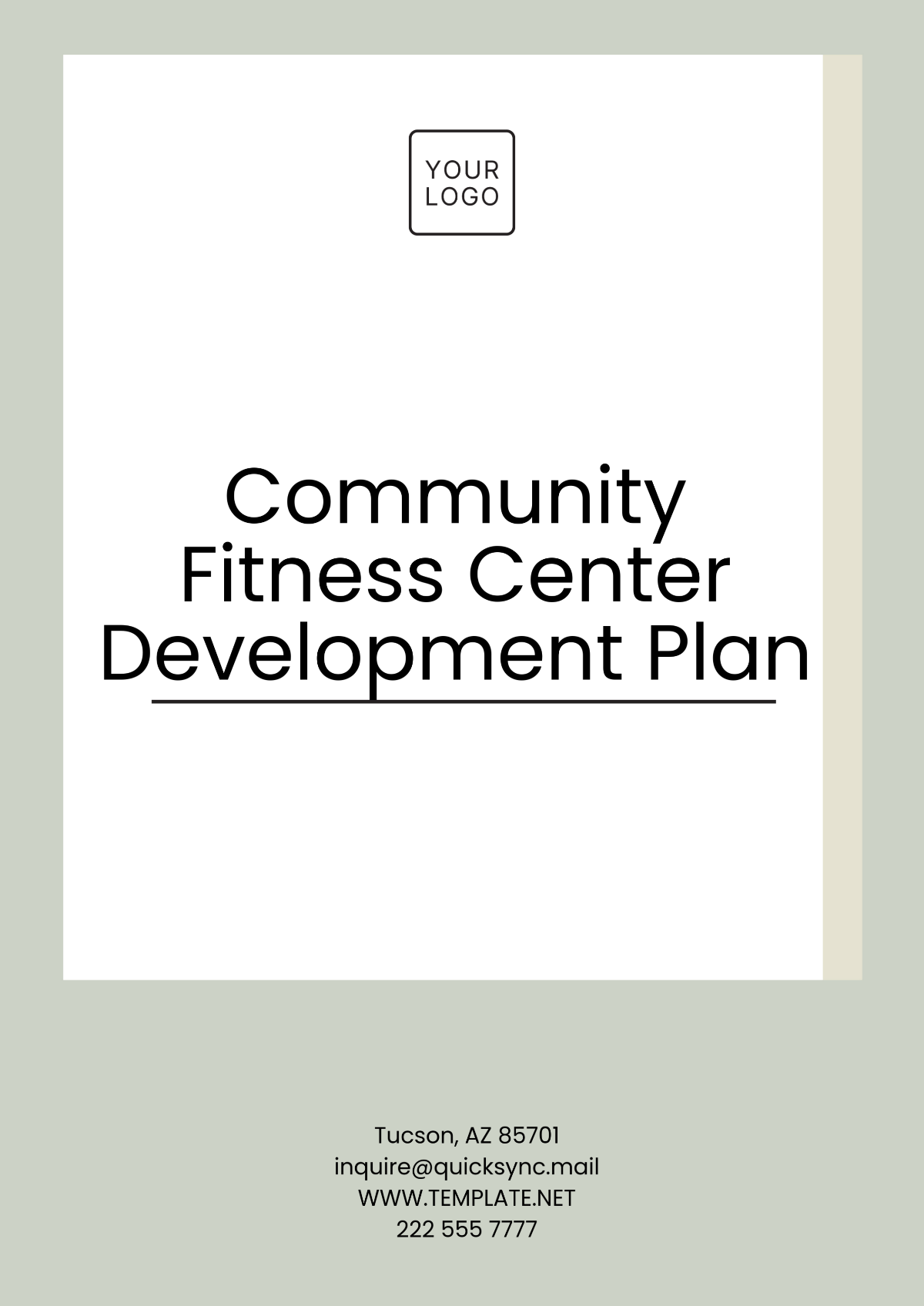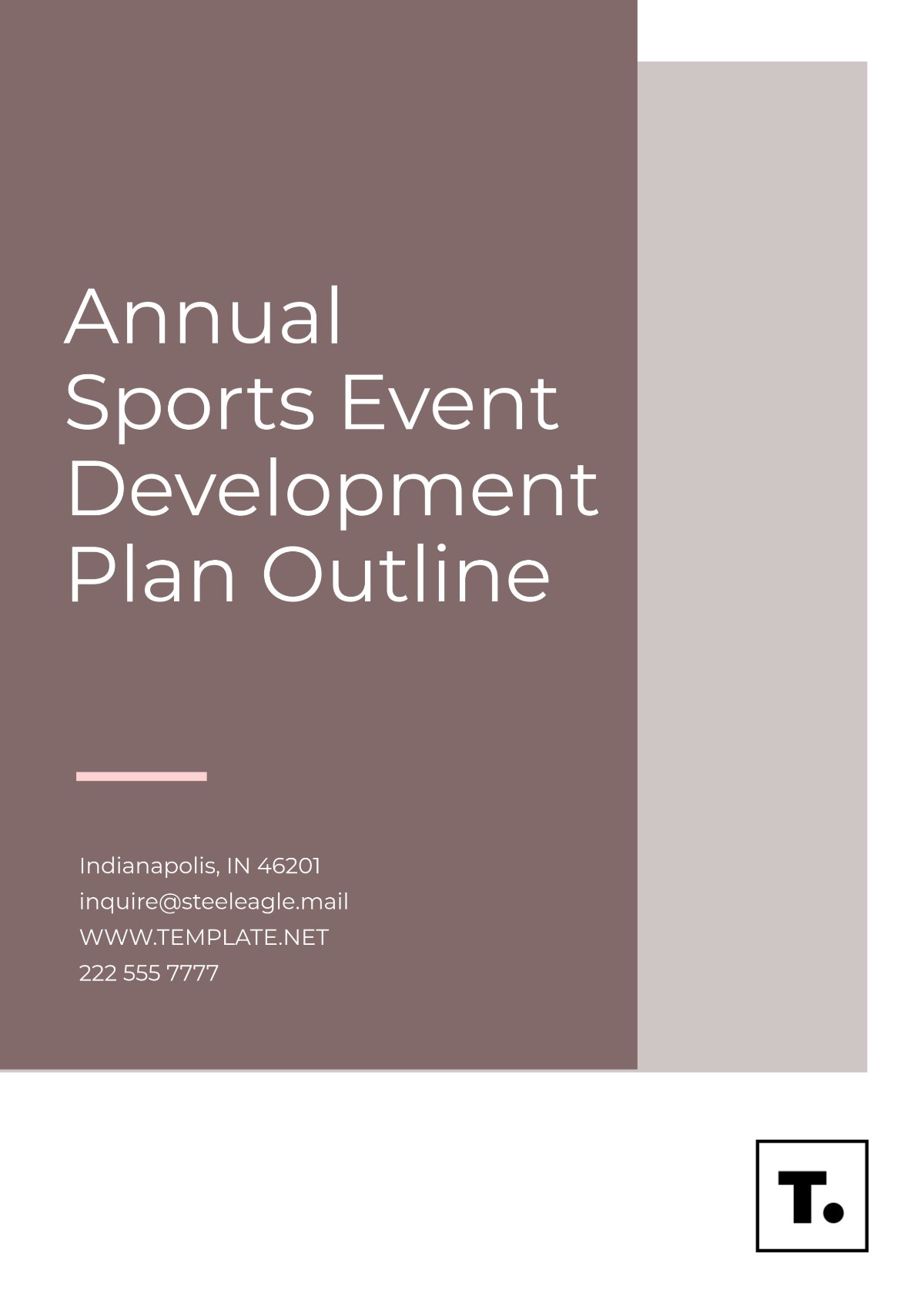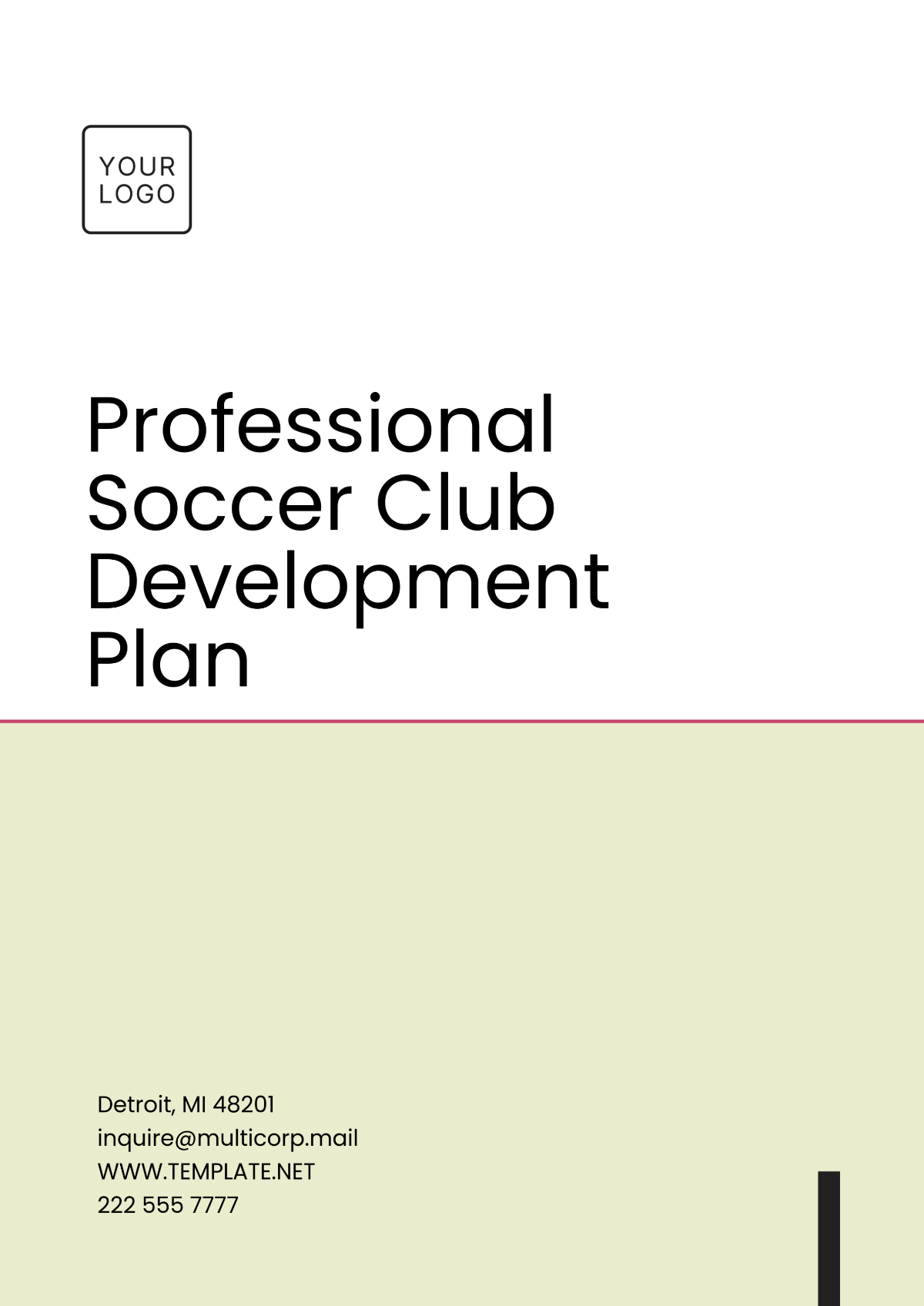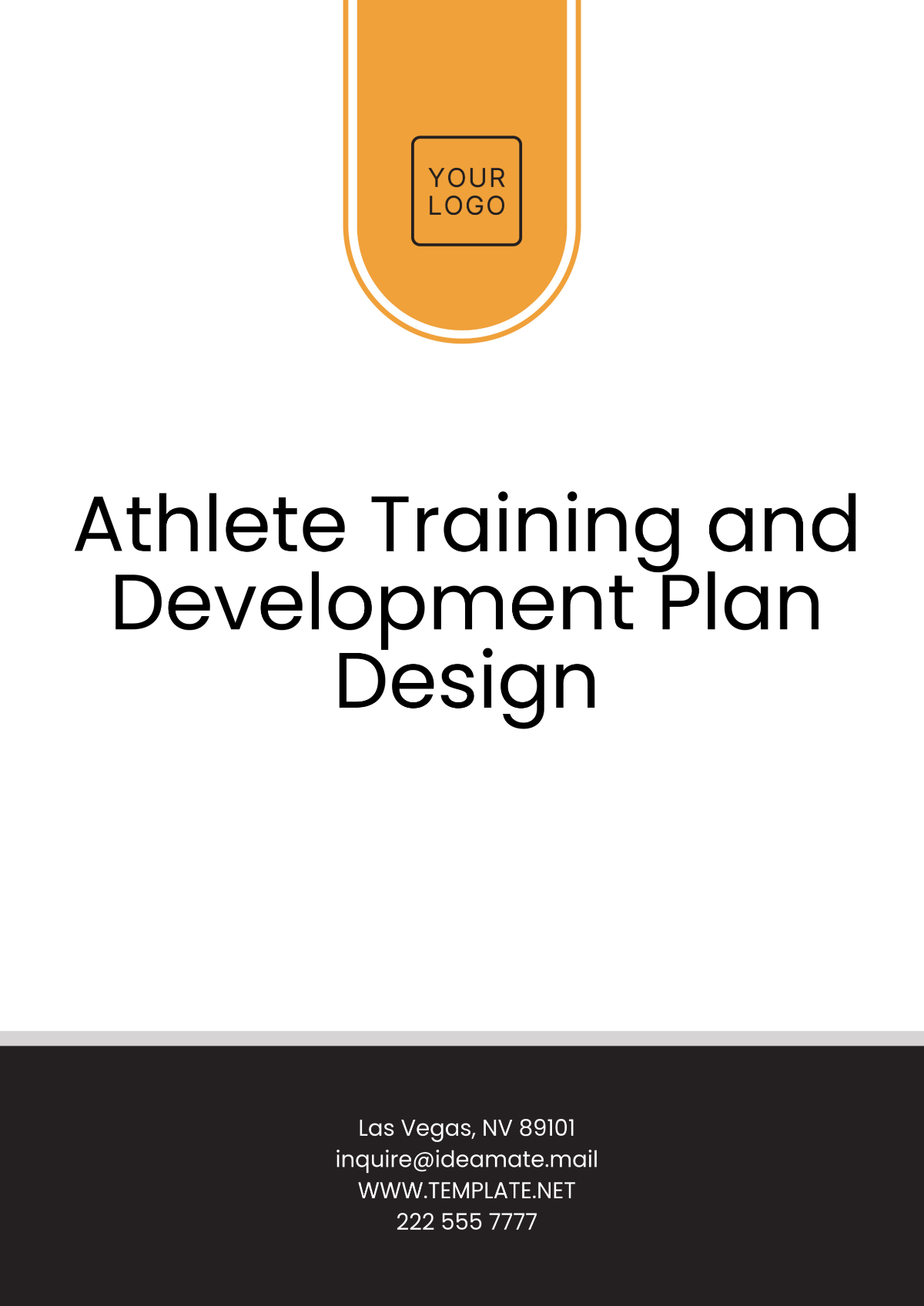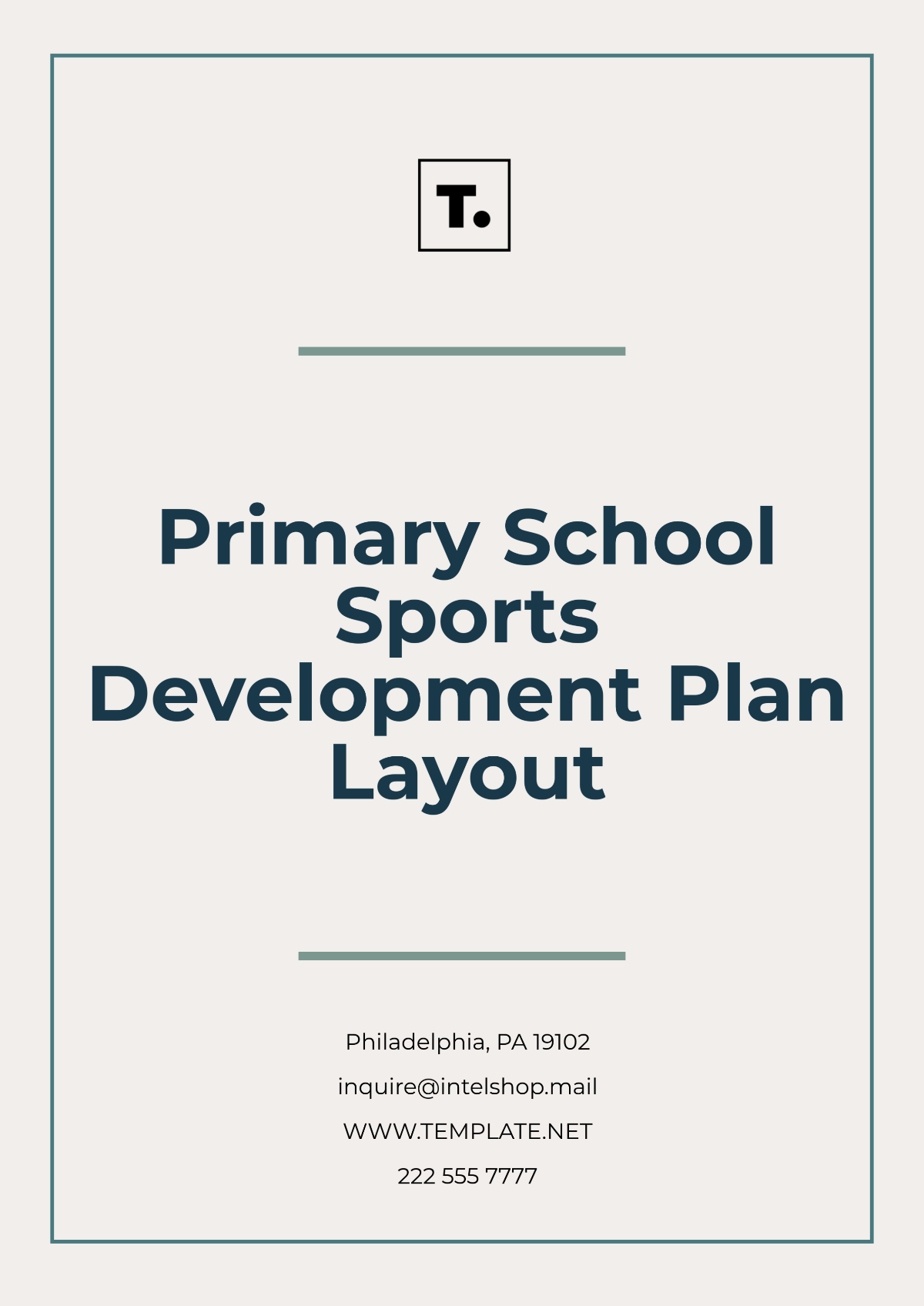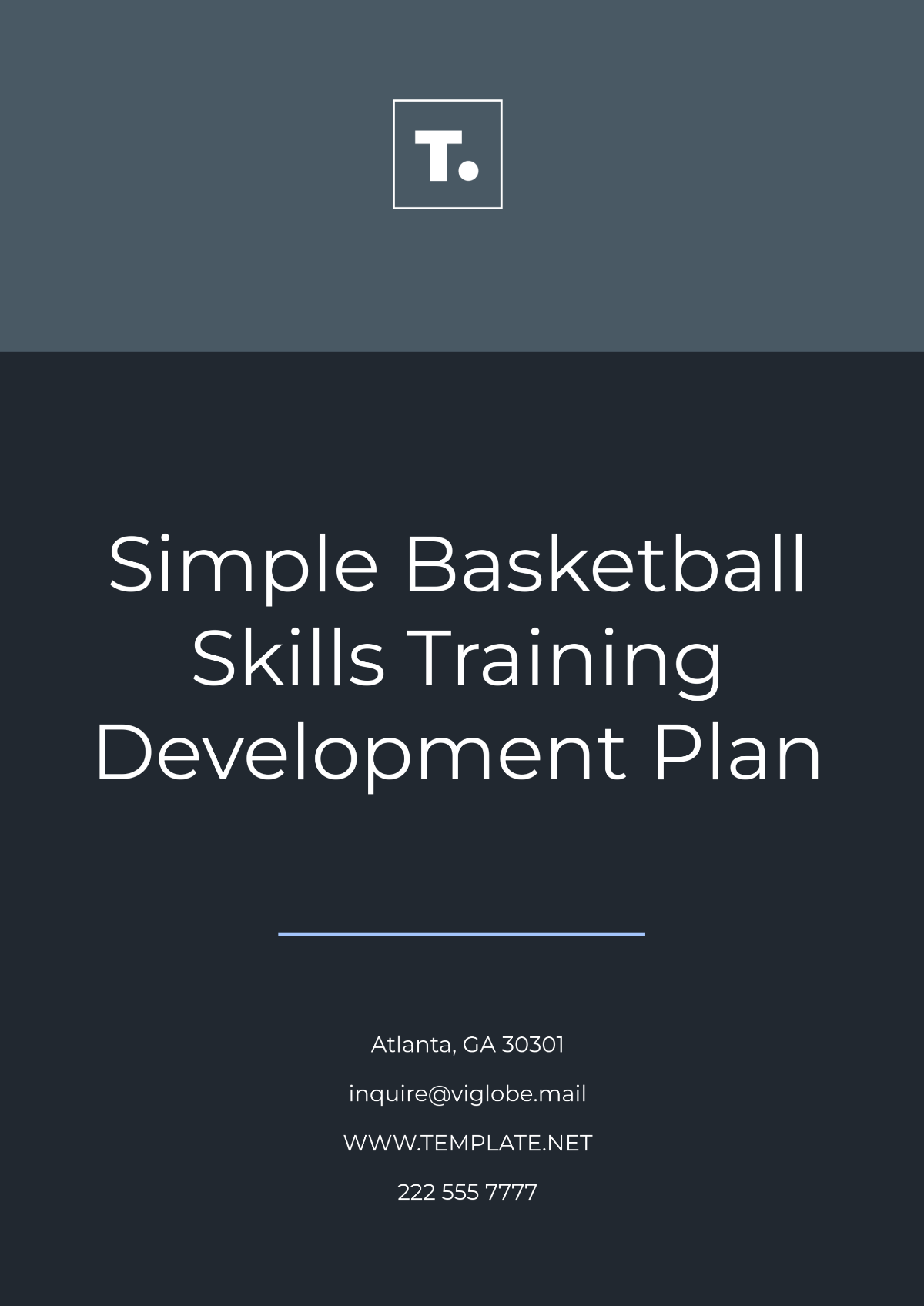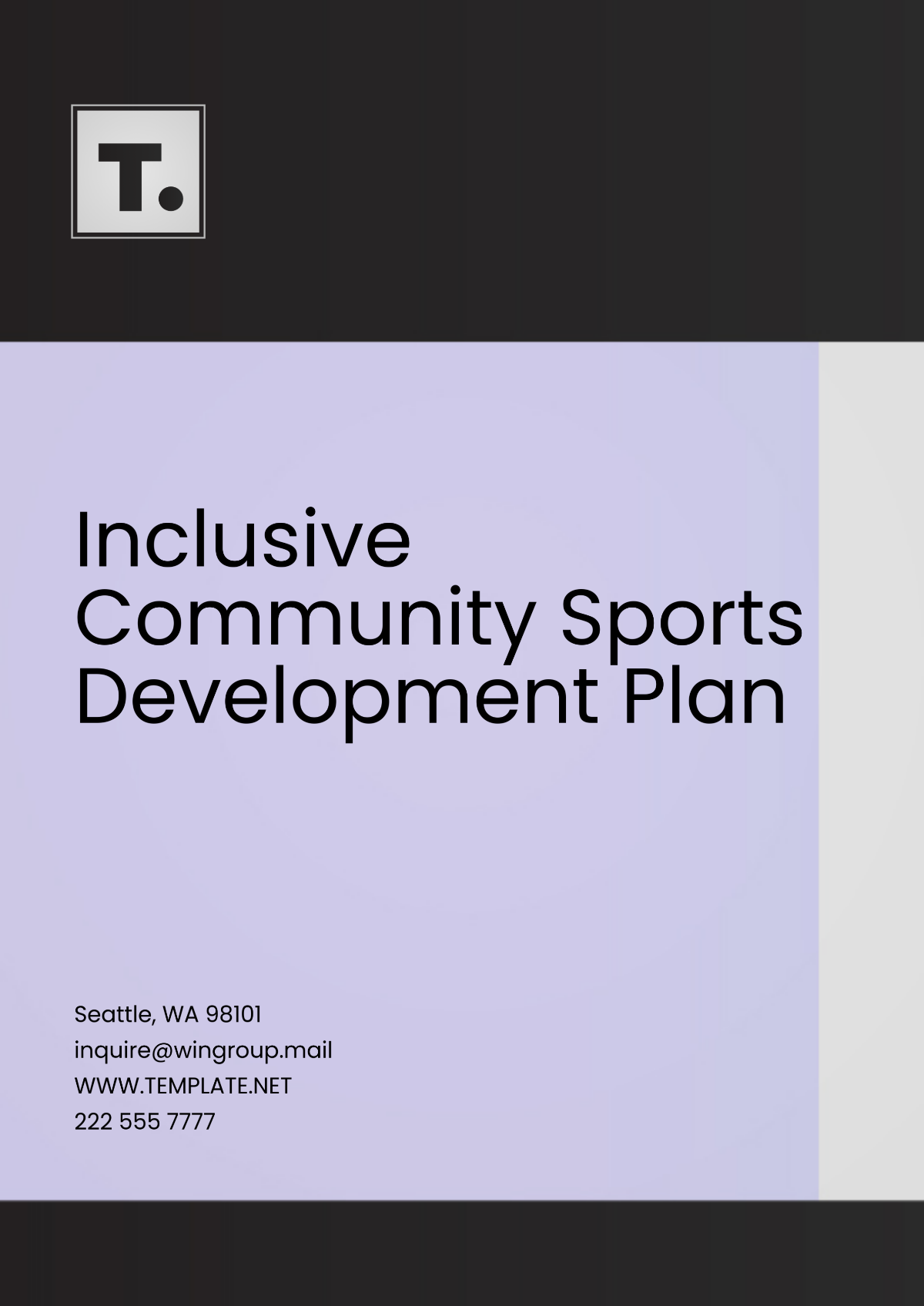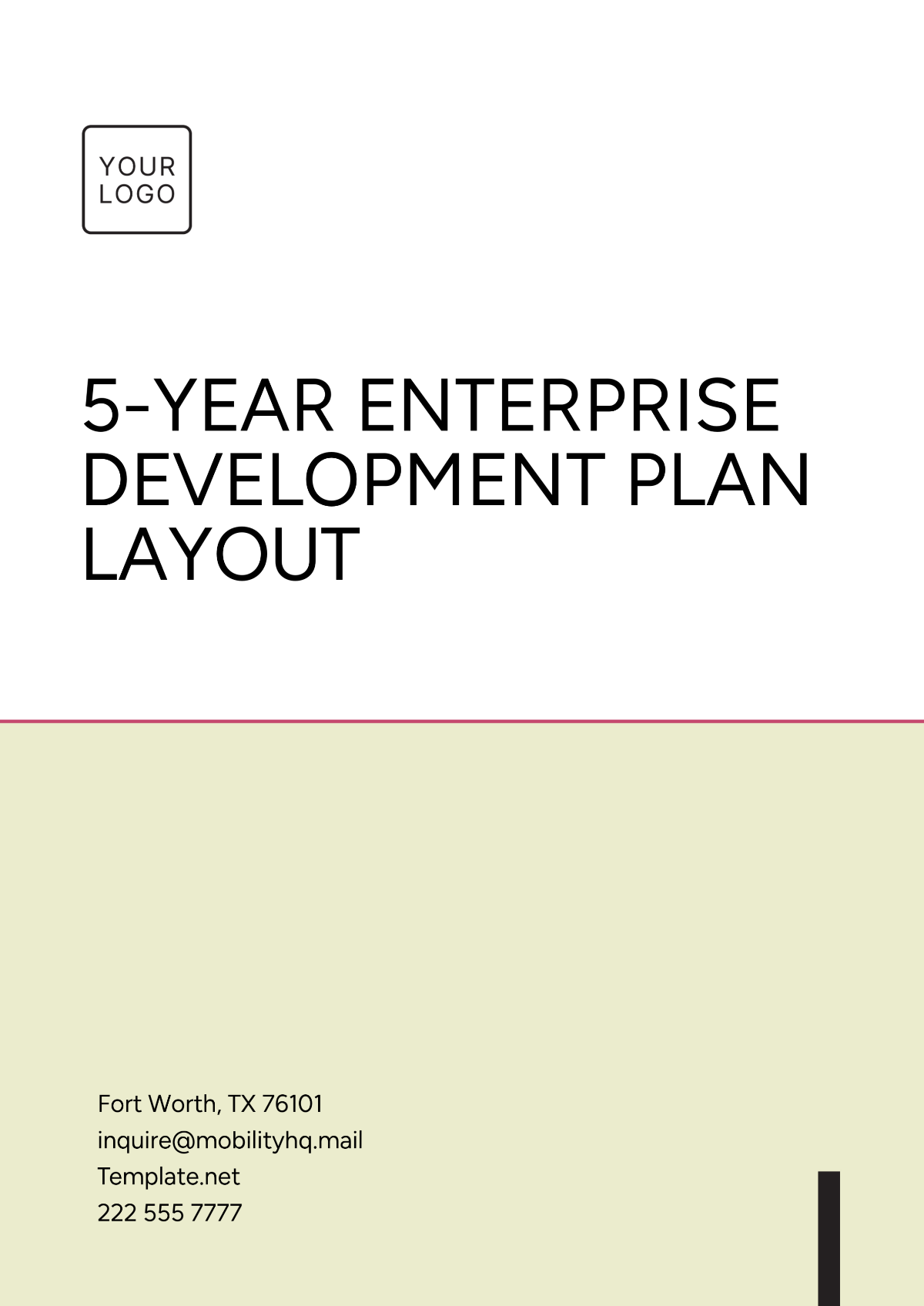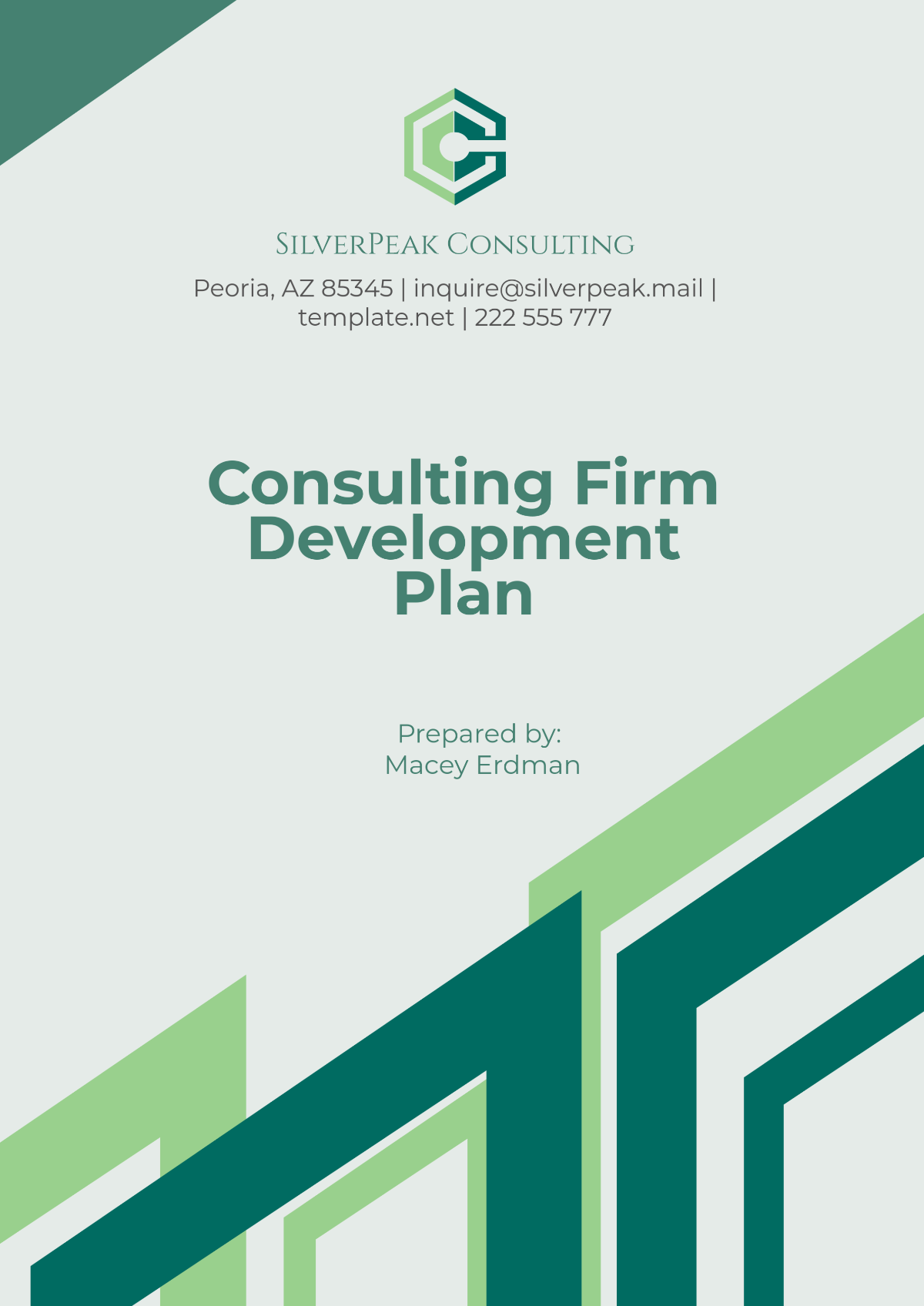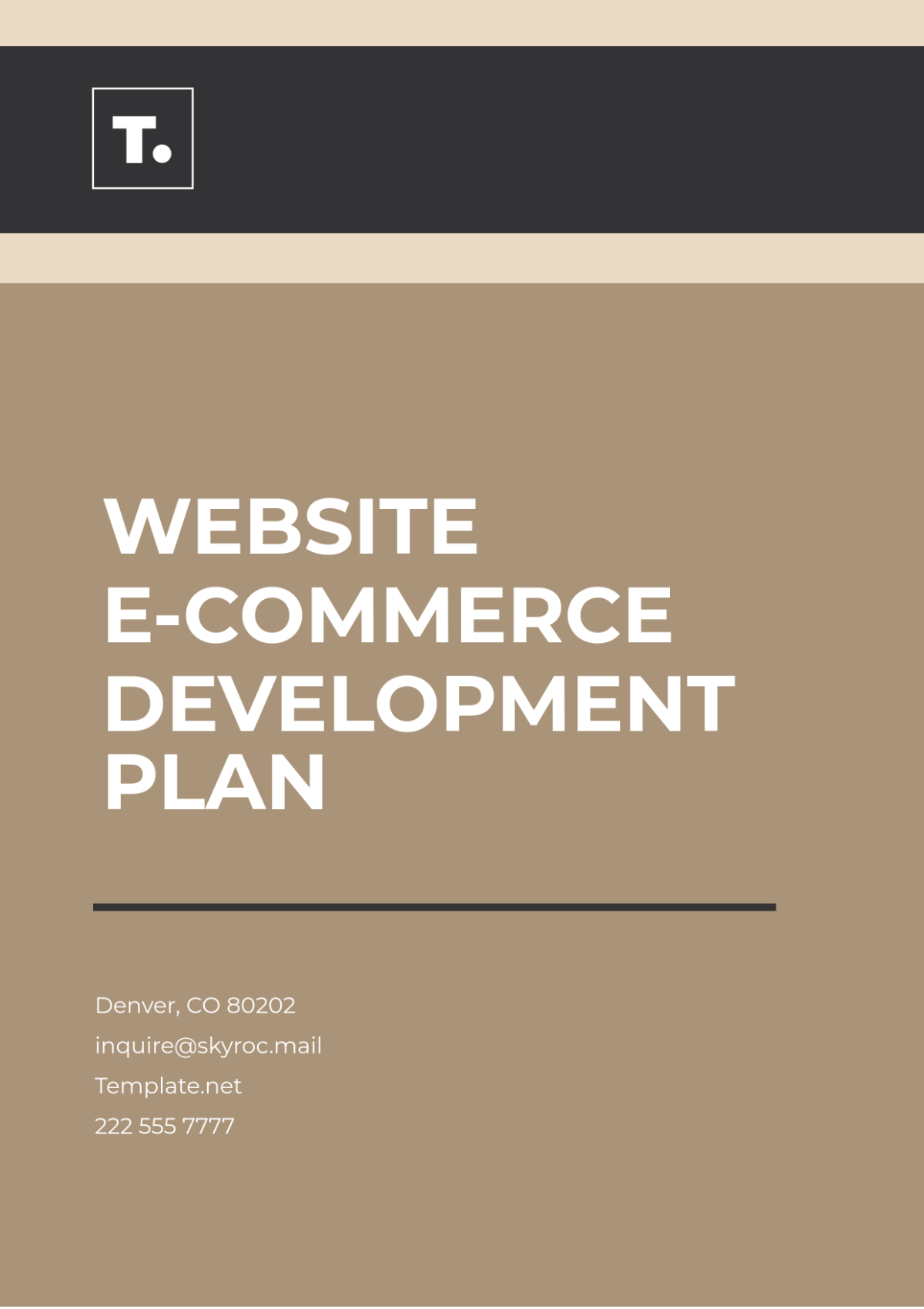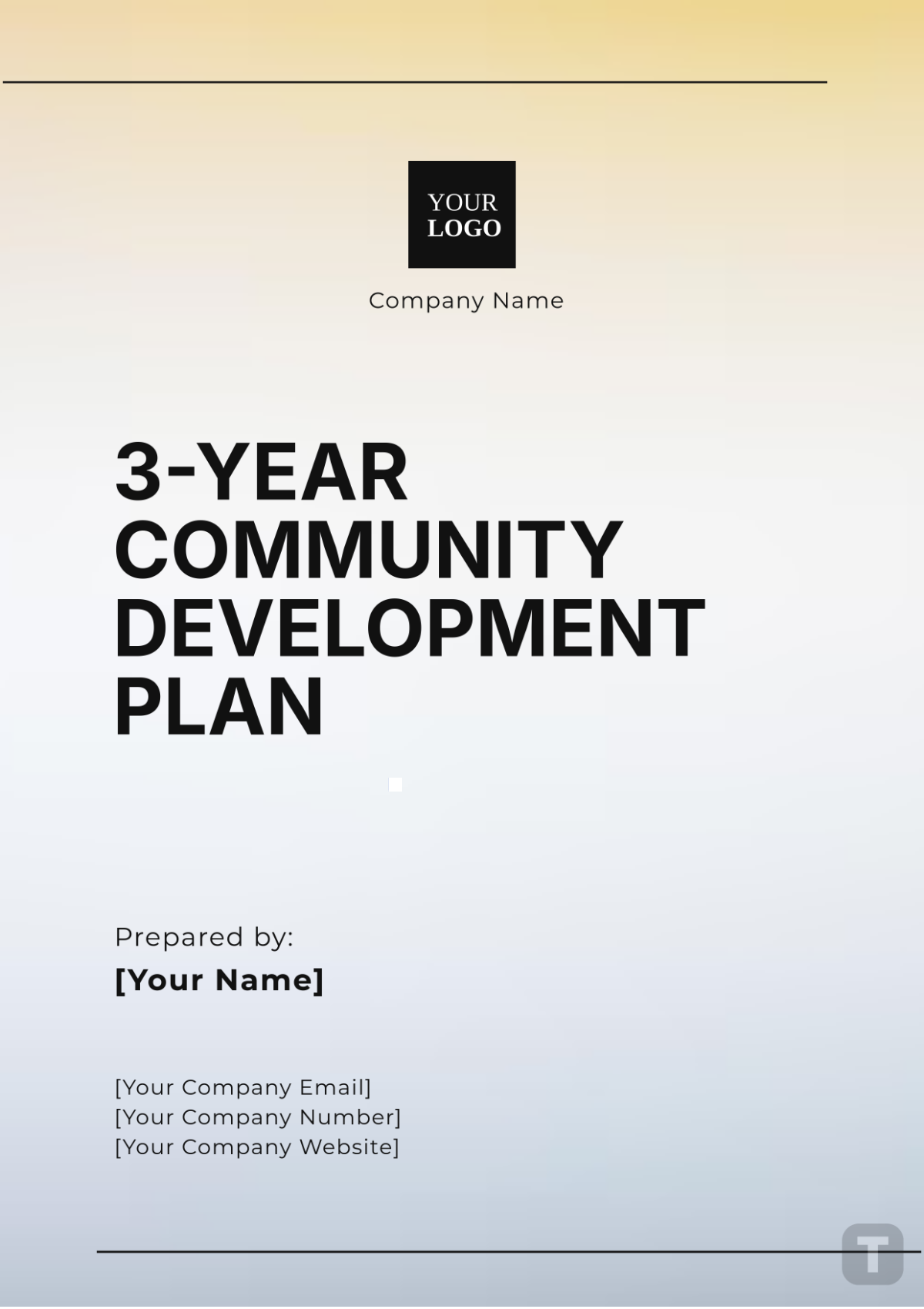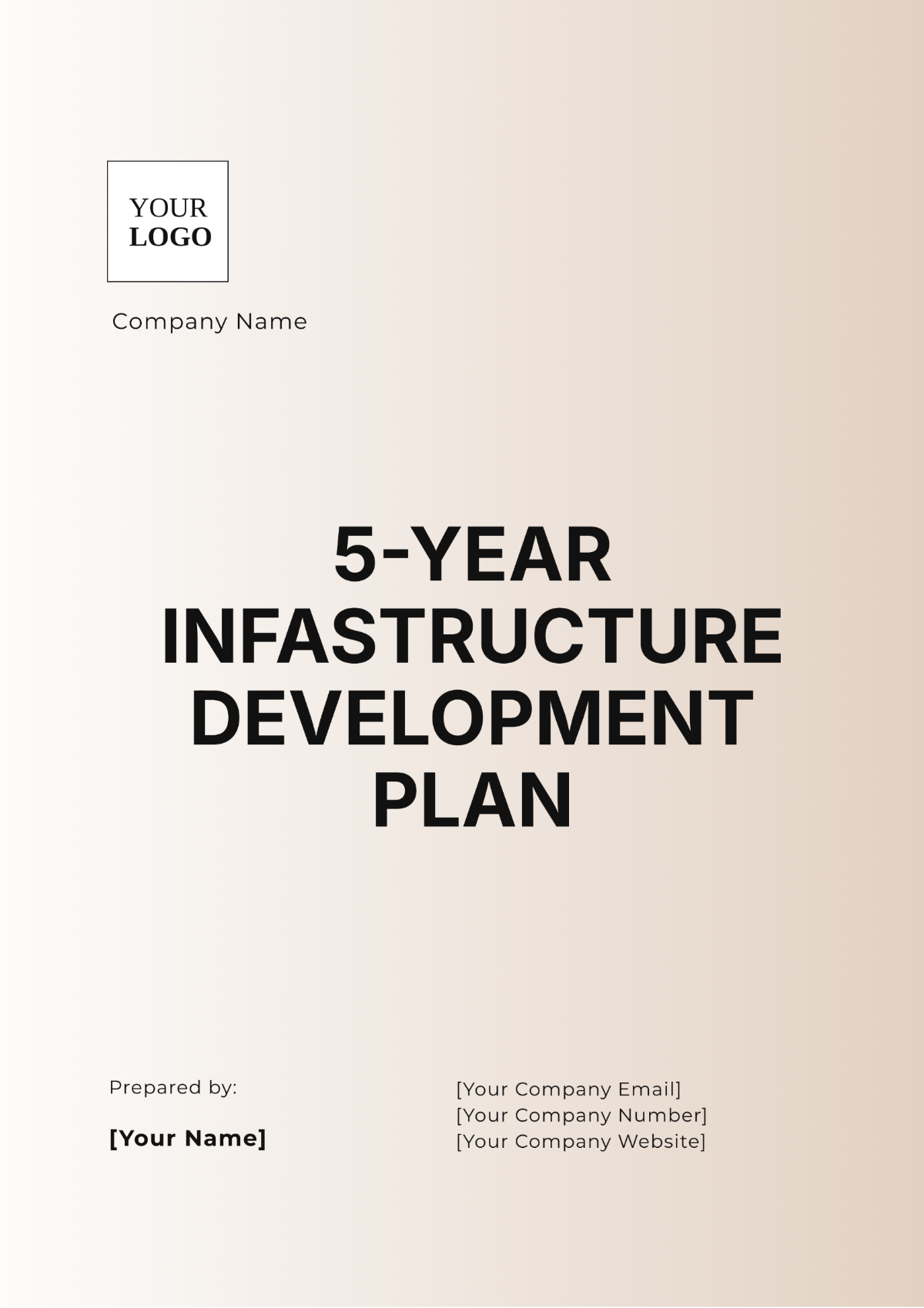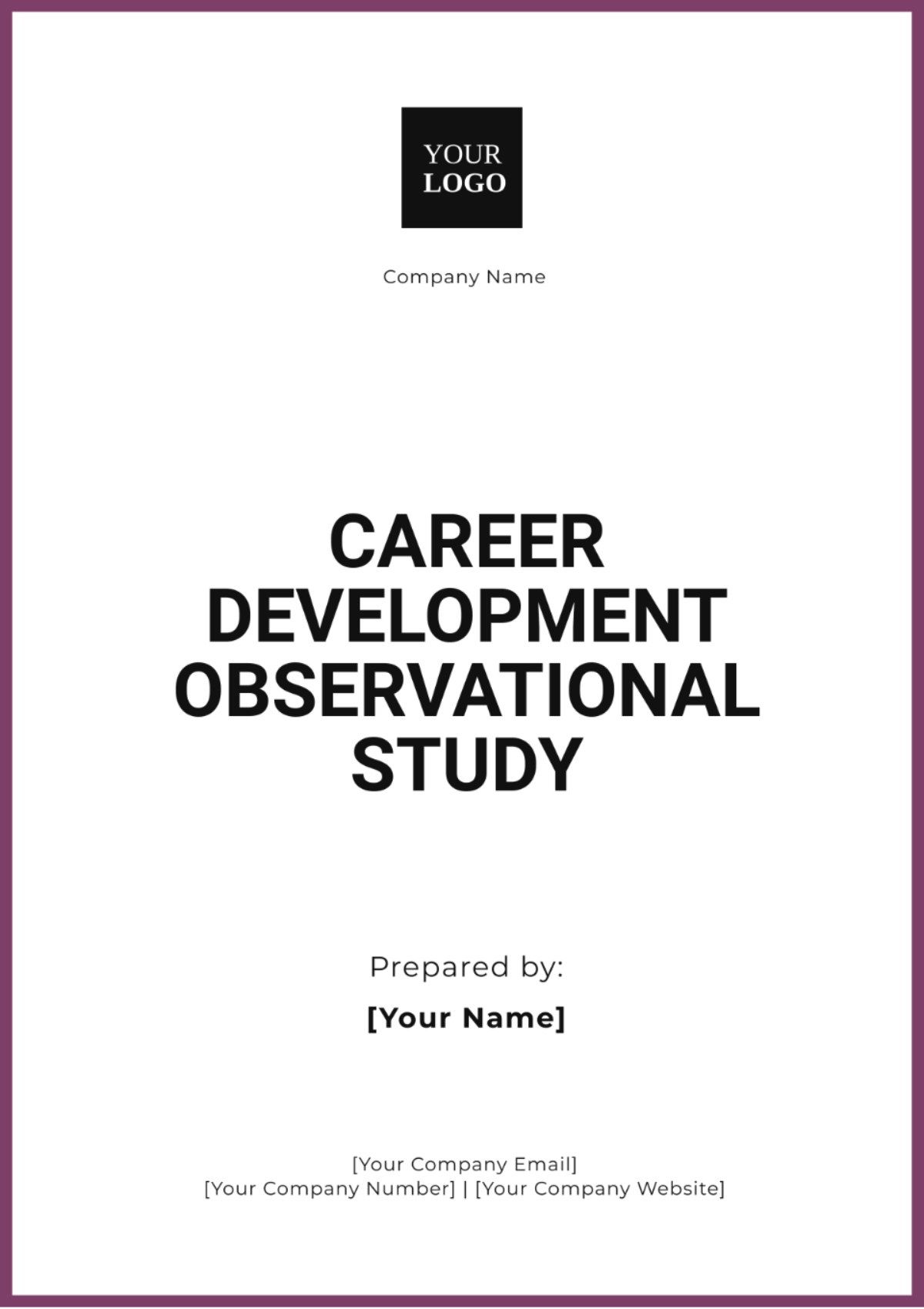Simple 5-Year Curriculum Development Plan
Prepared By: [Your Name]
Date: June 12, 2060
1. Executive Summary
This Curriculum Development Plan outlines a strategic approach for enhancing educational quality over the next five years. It aims to align curriculum updates with evolving industry standards, technological advancements, and student needs to foster a future-ready learning environment.
2. Mission and Vision Statements
Mission Statement:
To provide an innovative, inclusive, and responsive curriculum that equips students with the skills, knowledge, and critical thinking abilities necessary to excel in a rapidly changing world.
Vision Statement:
By 2065, we envision becoming a leading educational institution recognized for our forward-thinking curriculum that adapts to global trends and nurtures lifelong learners prepared for tomorrow’s challenges.
3. SWOT Analysis
Strengths:
Experienced and skilled faculty.
Strong technological infrastructure.
High student engagement and diversity.
Weaknesses:
Limited funding for advanced program development.
Slow curriculum adaptation process.
Opportunities:
Rising demand for skills in AI, green technologies, and digital literacy.
Partnerships with industries and tech innovators.
Threats:
Increasing competition from online educational platforms.
Budget constraints impacting resource allocation.
4. Goals and Objectives
Goal 1: Enhance curriculum relevance by incorporating emerging technologies.
Objective: Integrate AI, data science, and sustainable practices into 50% of course offerings by 2063.
Goal 2: Improve student learning outcomes through targeted programs.
Objective: Increase student performance scores by 20% over five years.
Goal 3: Promote faculty development and pedagogical innovation.
Objective: Provide training to 80% of faculty on new teaching methods and technologies by 2062.
5. Key Strategies and Initiatives
Curriculum Integration of Technology: Develop courses focused on AI, machine learning, and data science to enhance students’ technical skills.
Industry Partnerships: Collaborate with tech companies and environmental organizations to provide practical experience and guest lectures.
Faculty Training: Host annual workshops on innovative teaching techniques and digital tools.
Student-Centric Learning Models: Implement blended and project-based learning to increase engagement and hands-on experience.
6. Resource Allocation and Budget
Annual Budget Allocation (Estimated):
Technology Integration: $500,000 per year for software, licenses, and tech-based course materials.
Faculty Training and Development: $200,000 per year for workshops, seminars, and certifications.
Research and Curriculum Innovation: $150,000 per year for research into new educational methods and curriculum updates.
Student Support Services: $100,000 per year for tutoring, counseling, and career services.
Total Estimated Annual Budget: $950,000
7. Timeline and Milestones
Year | Milestones |
|---|---|
2060 | Launch a new tech-focused curriculum and begin faculty training sessions. |
2061 | Establish at least three industry partnerships for hands-on student experiences. |
2062 | Complete the first round of curriculum updates based on initial student and faculty feedback. |
2063 | Reach 50% technology integration across all courses and 80% faculty trained in new teaching methods. |
2065 | Conduct a comprehensive evaluation of the curriculum’s impact on student outcomes and adjust as needed. |
8. Risk Assessment and Contingency Plans
Risk: Insufficient funding or budget cuts.
Contingency Plan: Seek grants, sponsorships, and private partnerships to supplement funding.Risk: Resistance to new teaching methods among faculty.
Contingency Plan: Provide additional support, incentives, and tailored training programs.Risk: Delays in curriculum rollout due to unforeseen challenges.
Contingency Plan: Adjust timelines and prioritize high-impact curriculum changes.
9. Evaluation and Key Performance Indicators (KPIs)
KPIs:
Student Performance: Track and aim for a 20% increase in test scores and skill assessments.
Faculty Engagement: Monitor training attendance and post-training surveys for feedback.
Curriculum Relevance: Measure the percentage of courses with updated content relevant to current and emerging trends.
Industry Feedback: Collect feedback from industry partners on student preparedness and skills.
10. Review and Adaptation Process
Annual Review Process: Conduct an annual assessment in collaboration with faculty and students to evaluate progress and adjust the curriculum as necessary.
Adaptation Timeline:
Incorporate findings and feedback from each year’s review to make iterative improvements and realign the curriculum with changing educational and industry needs.
